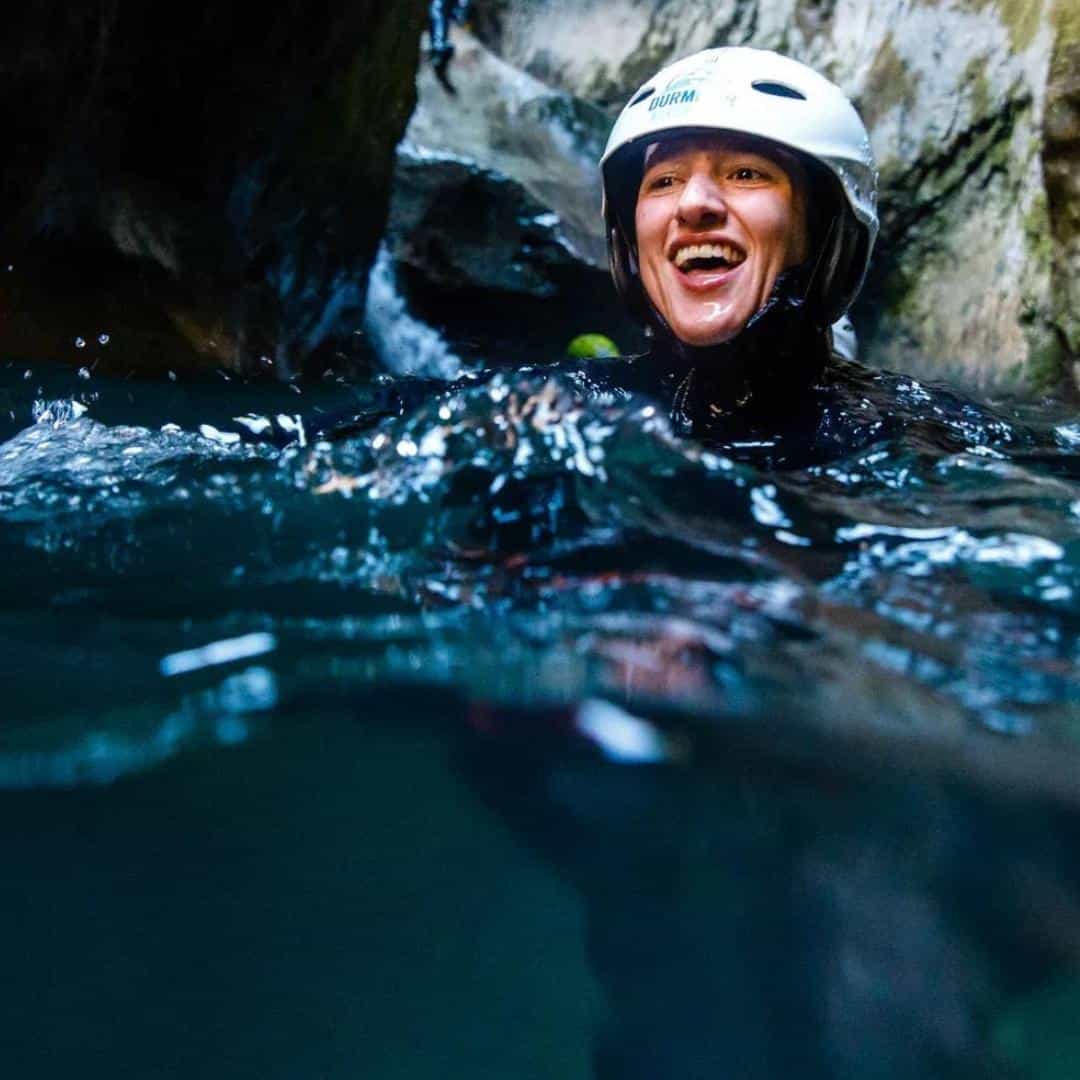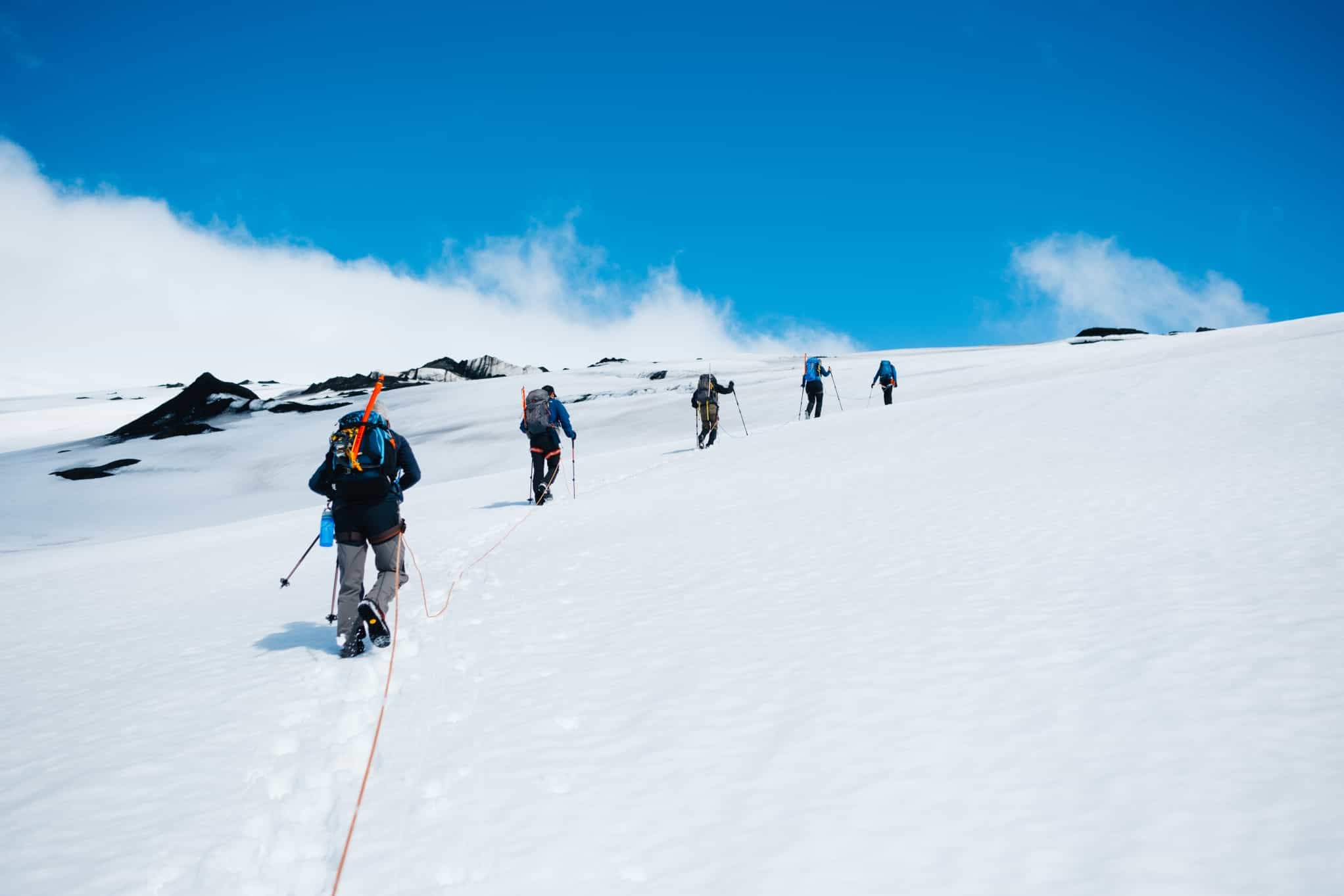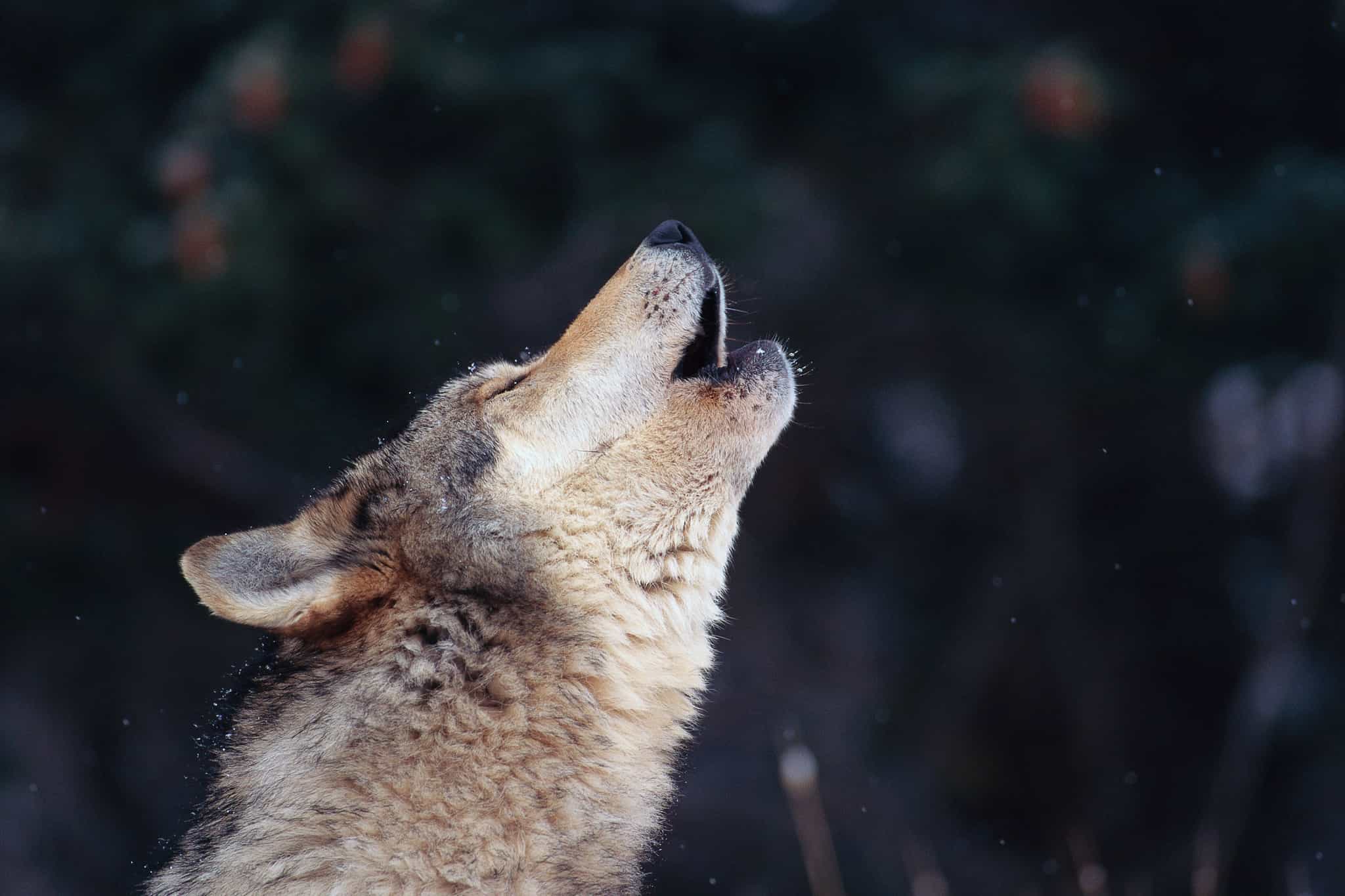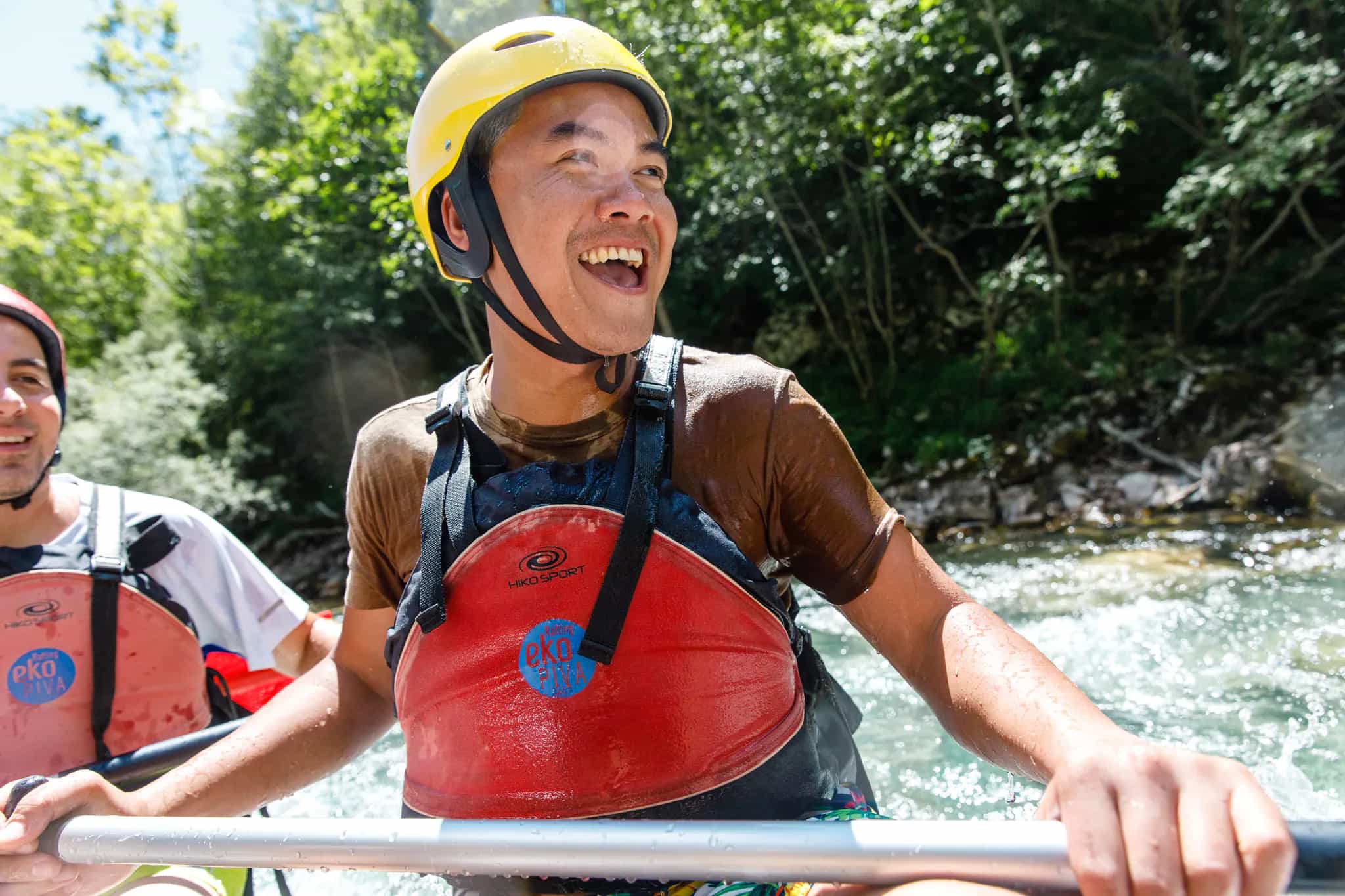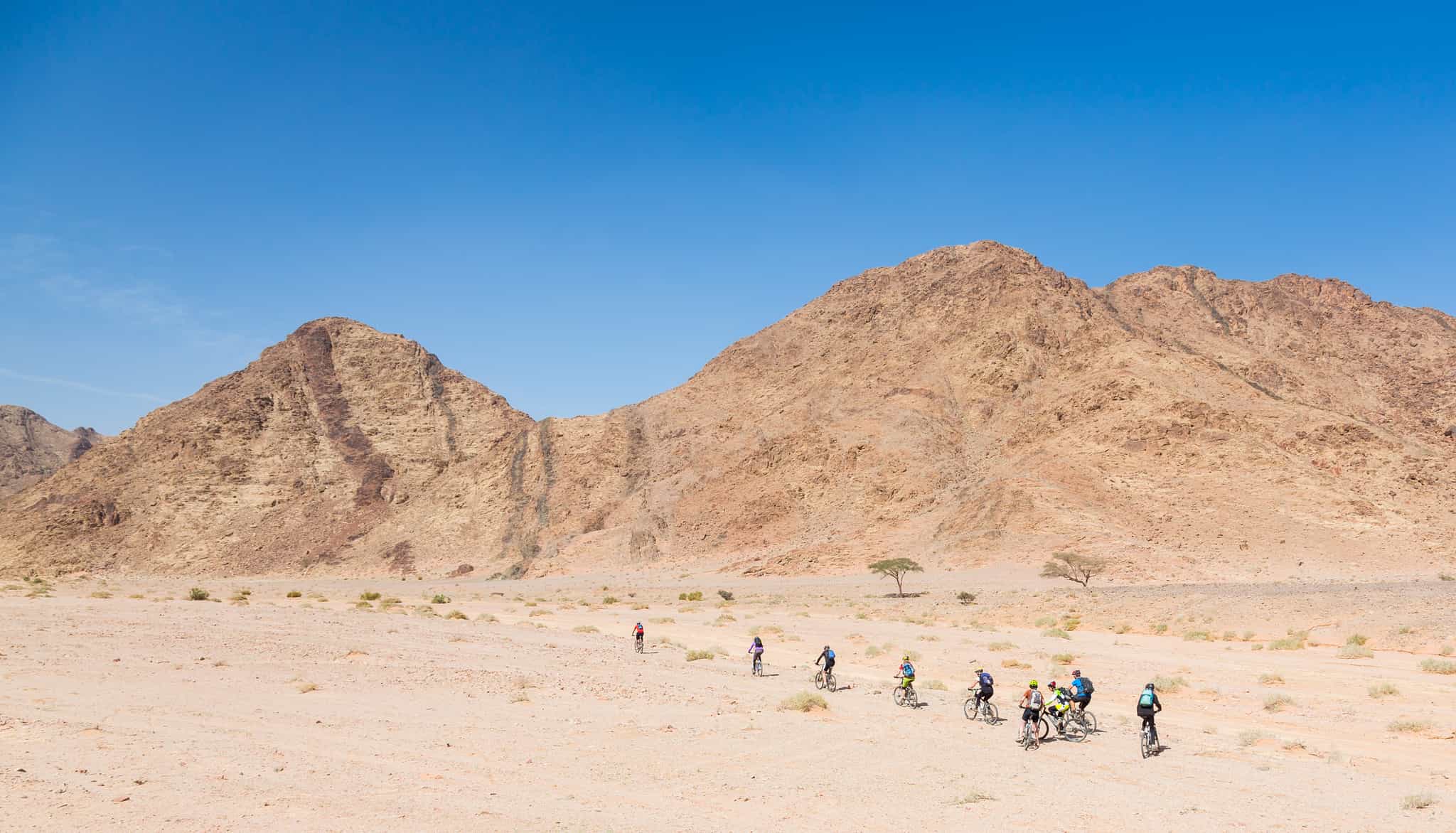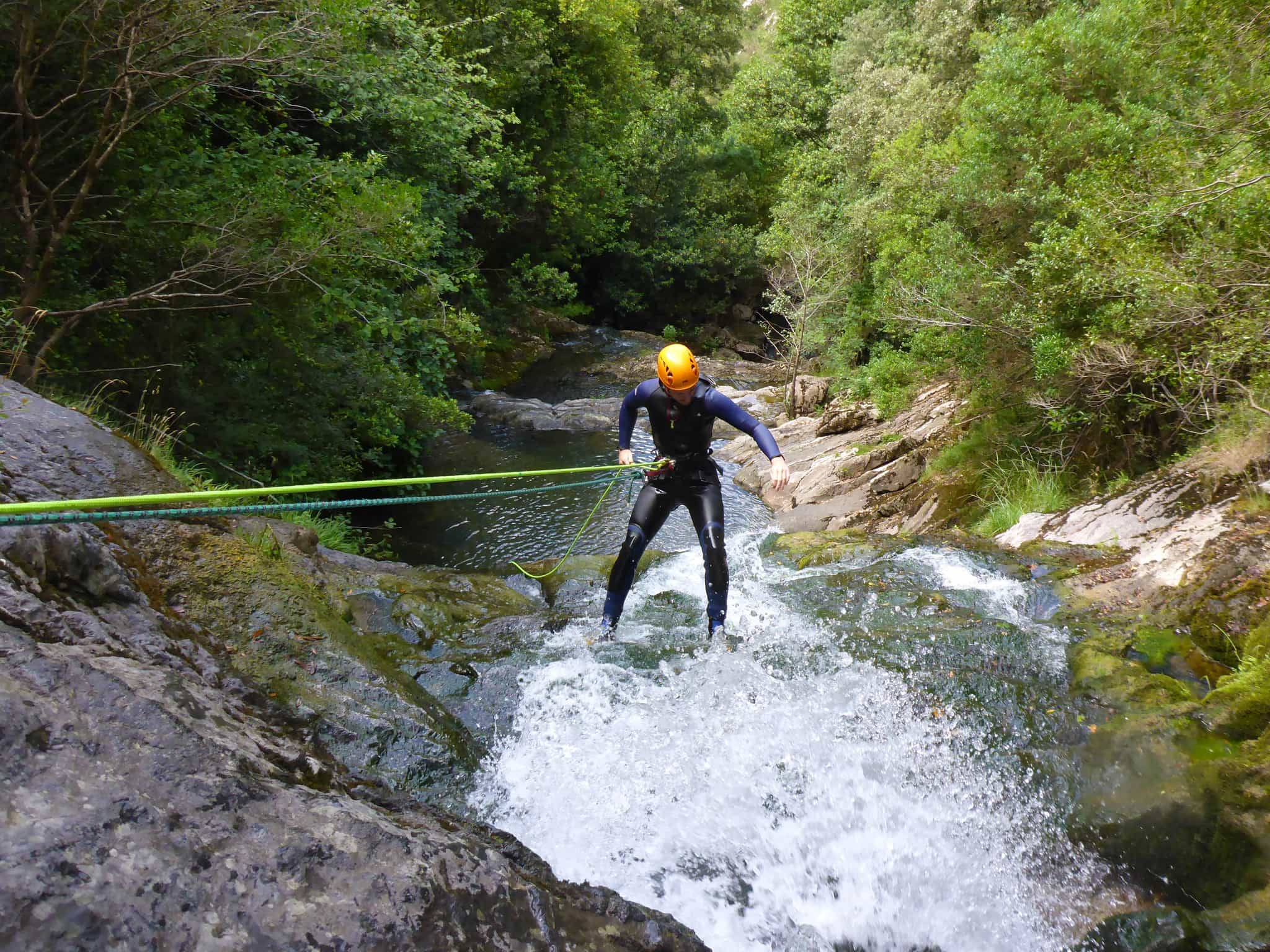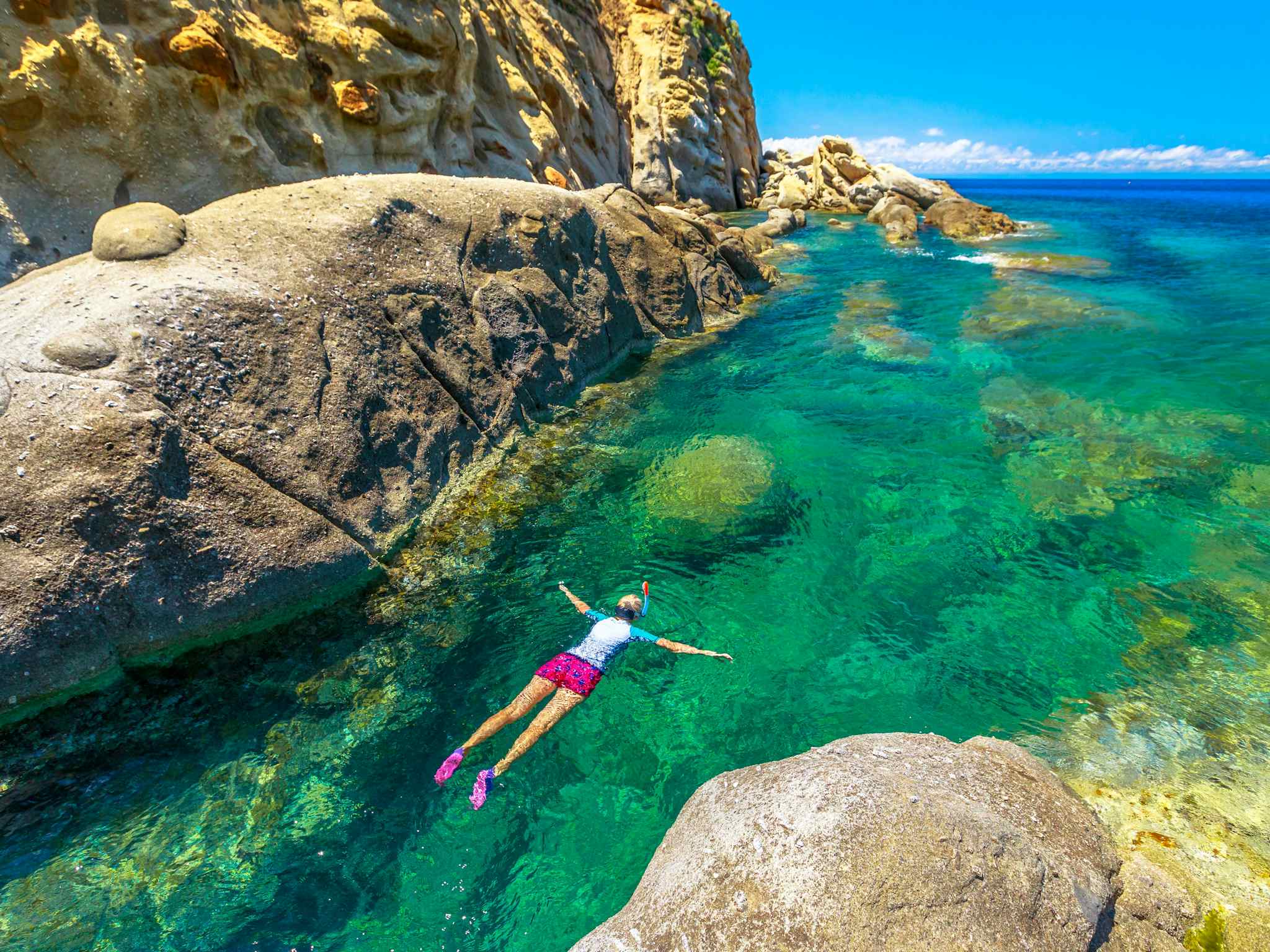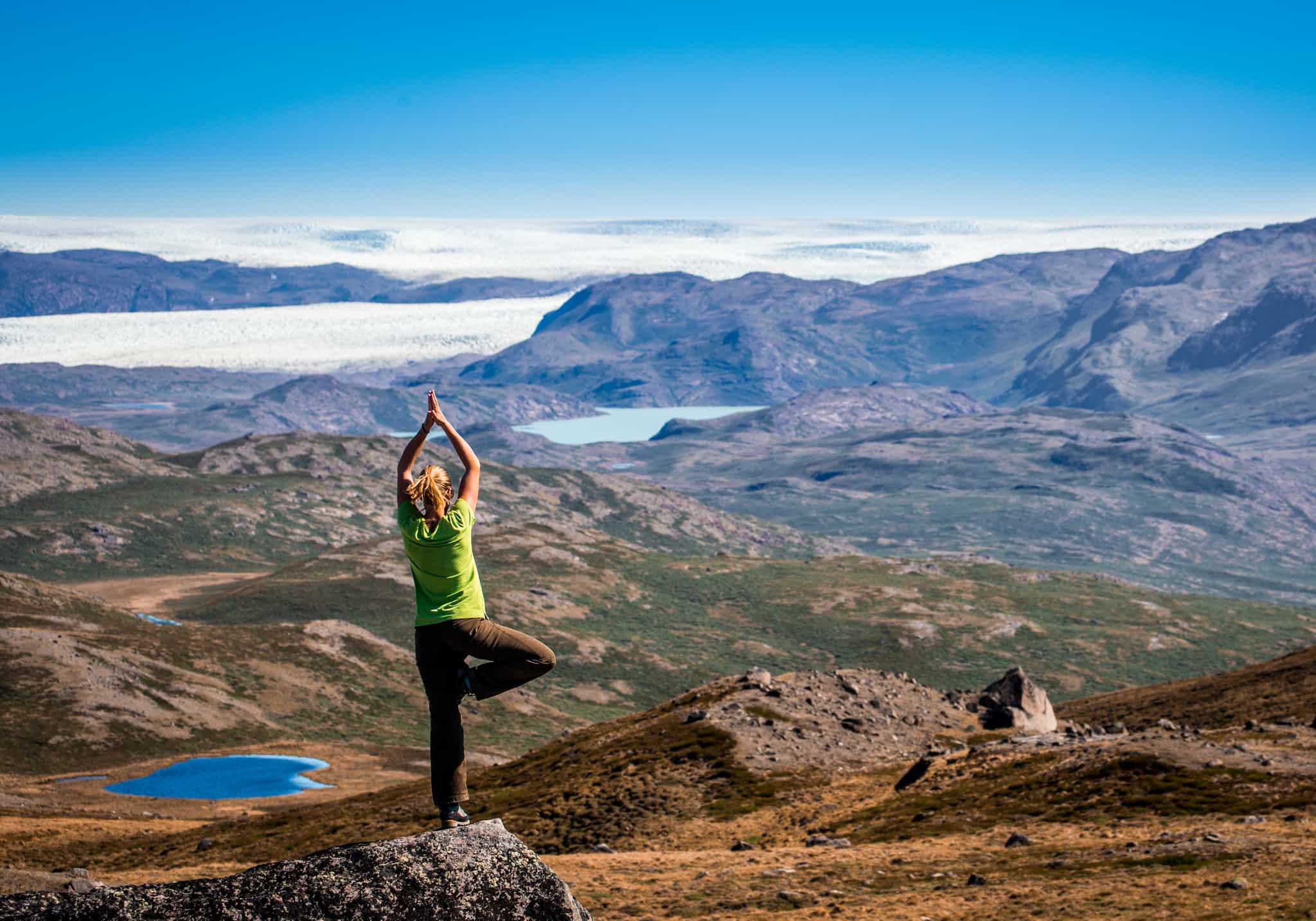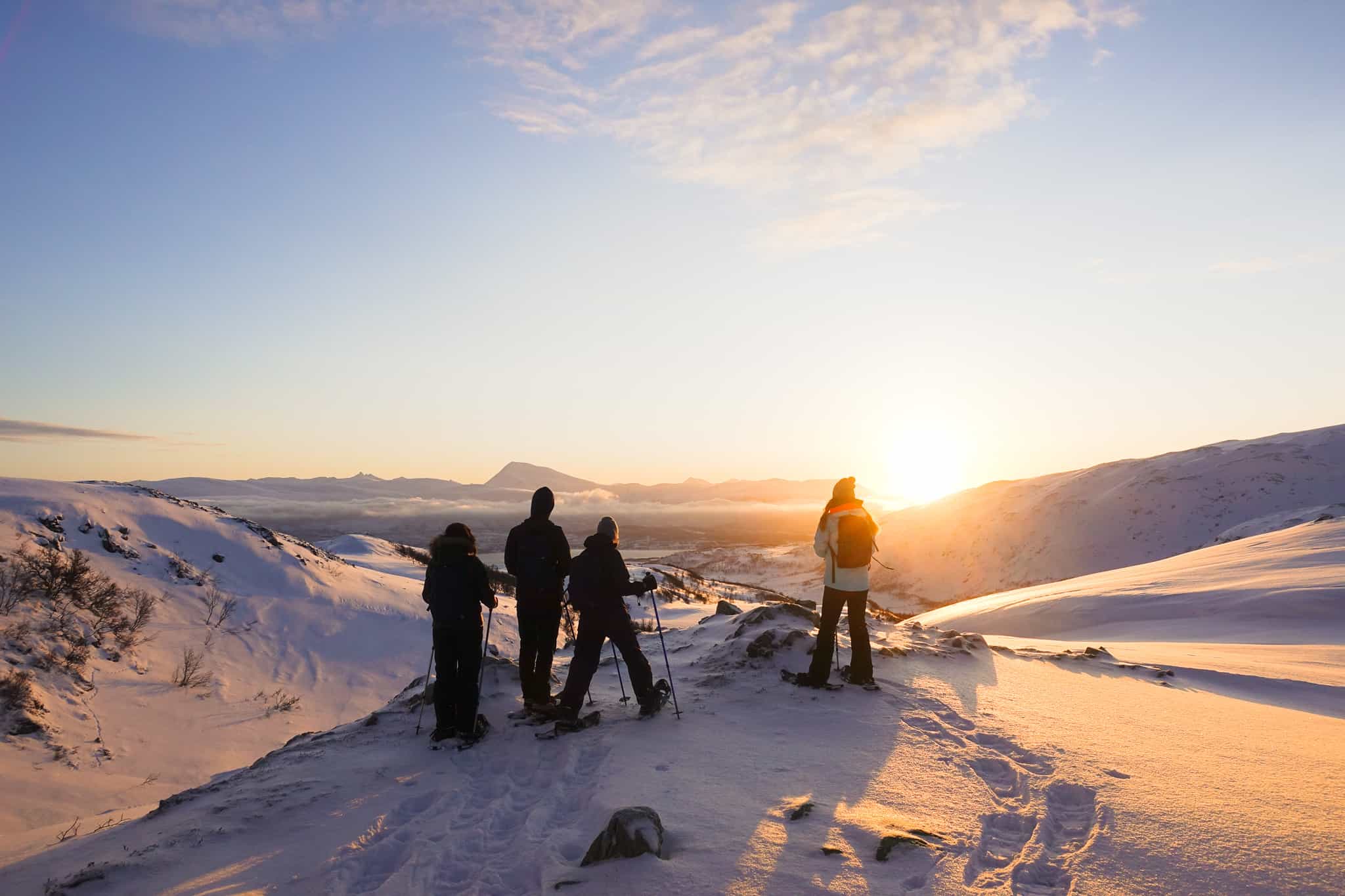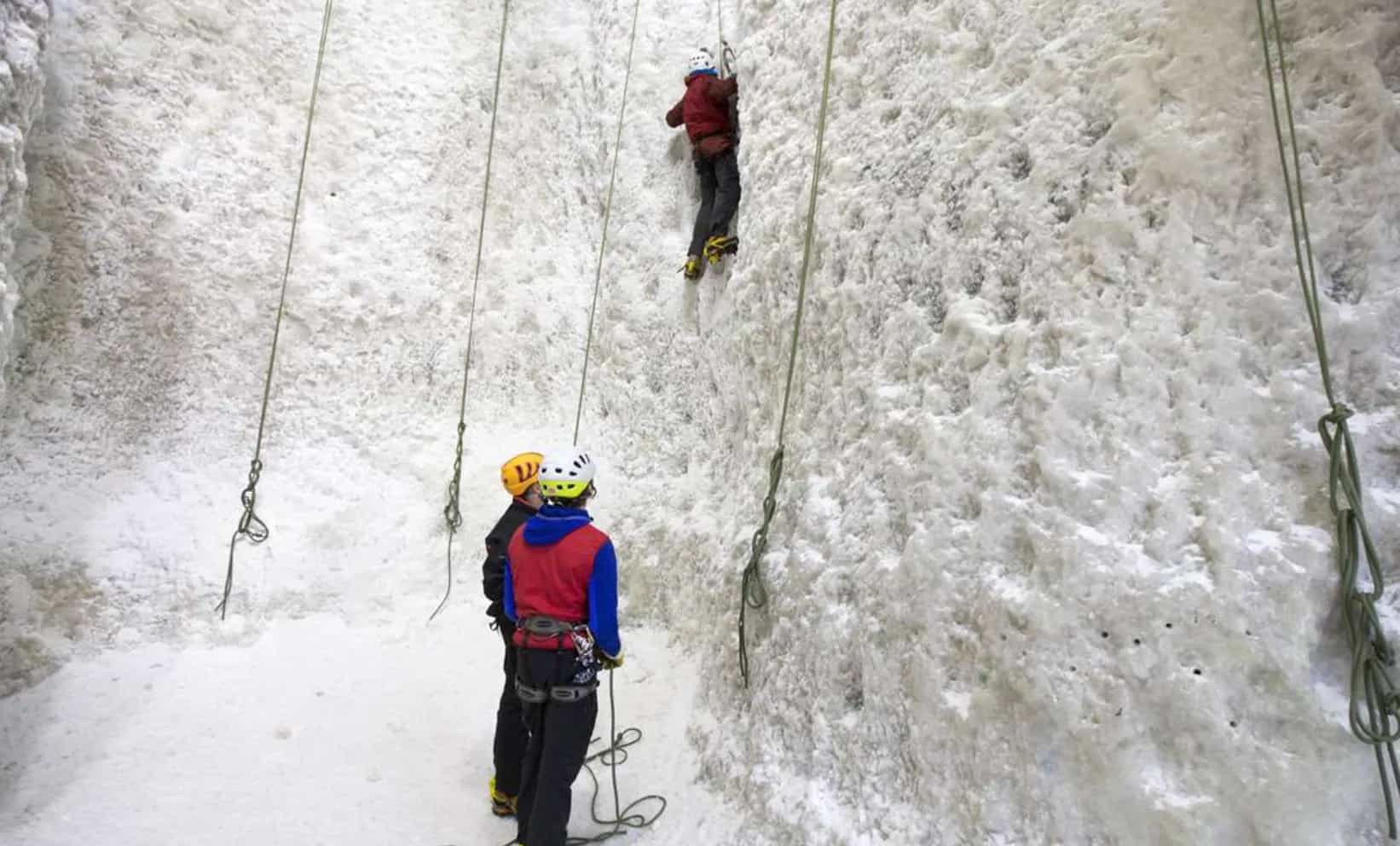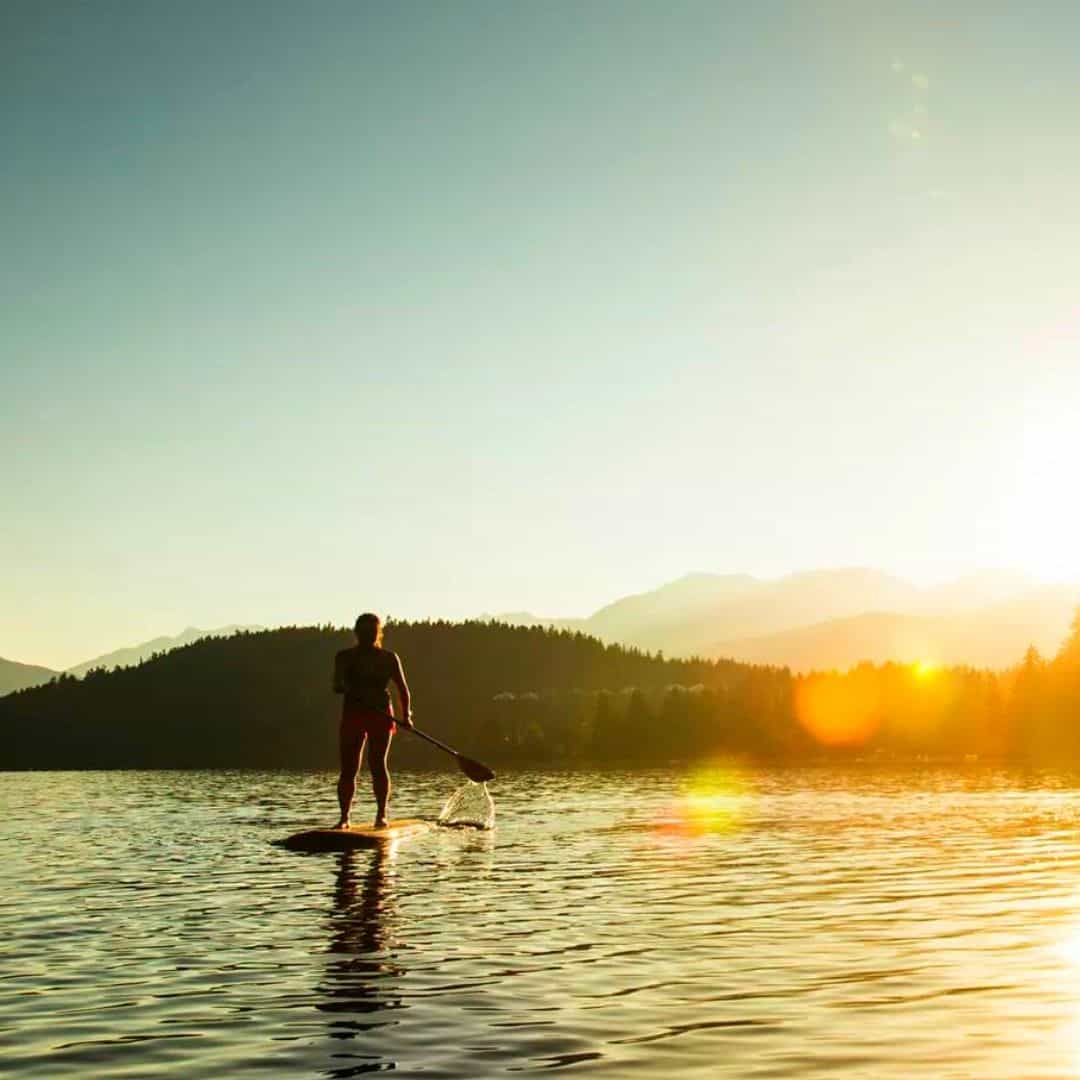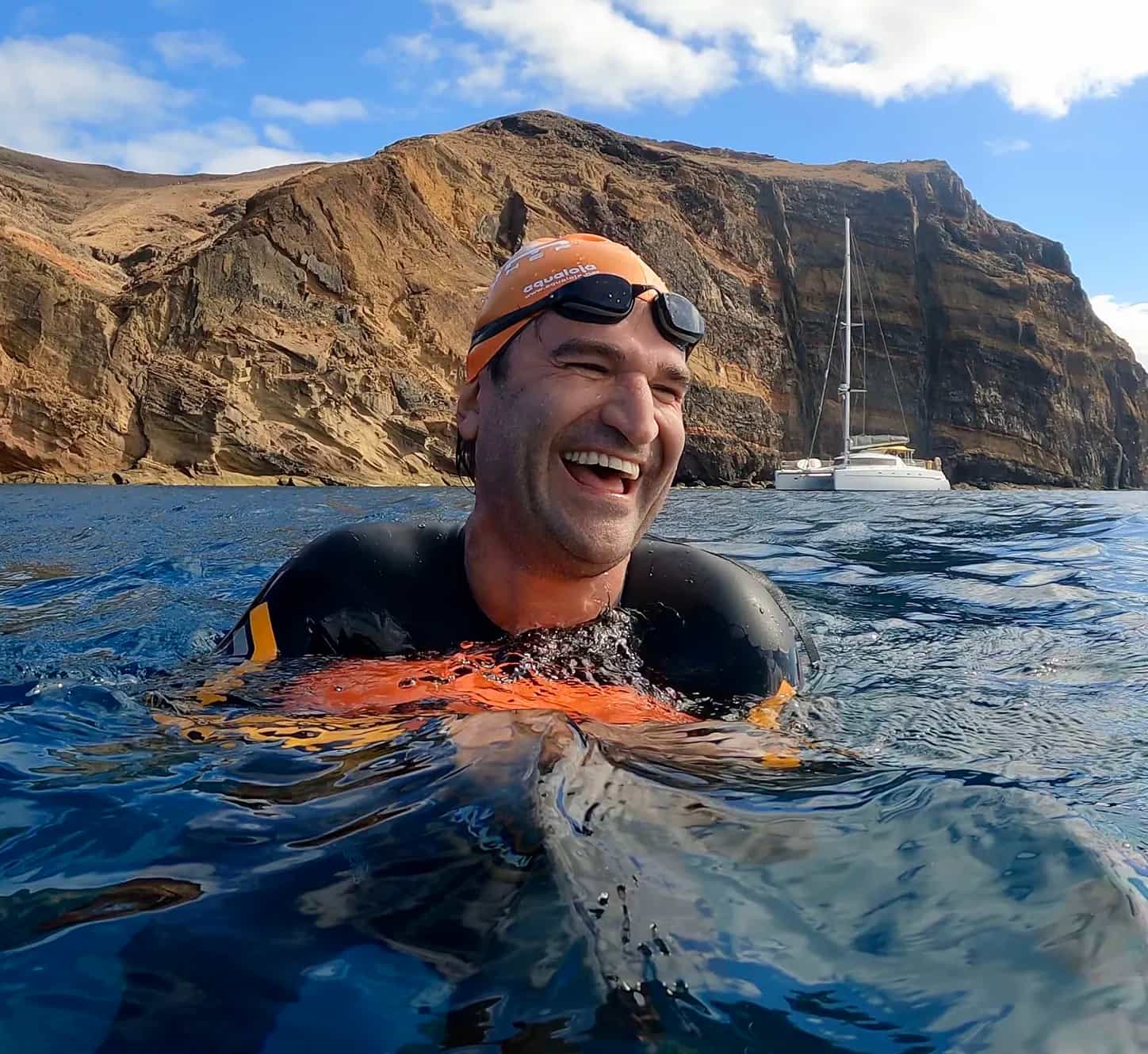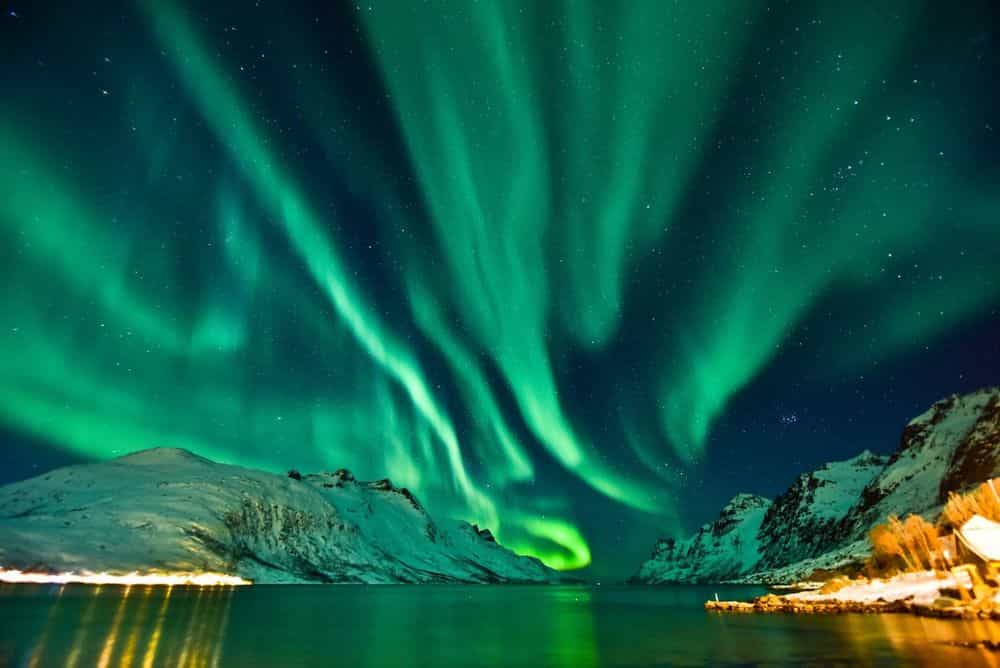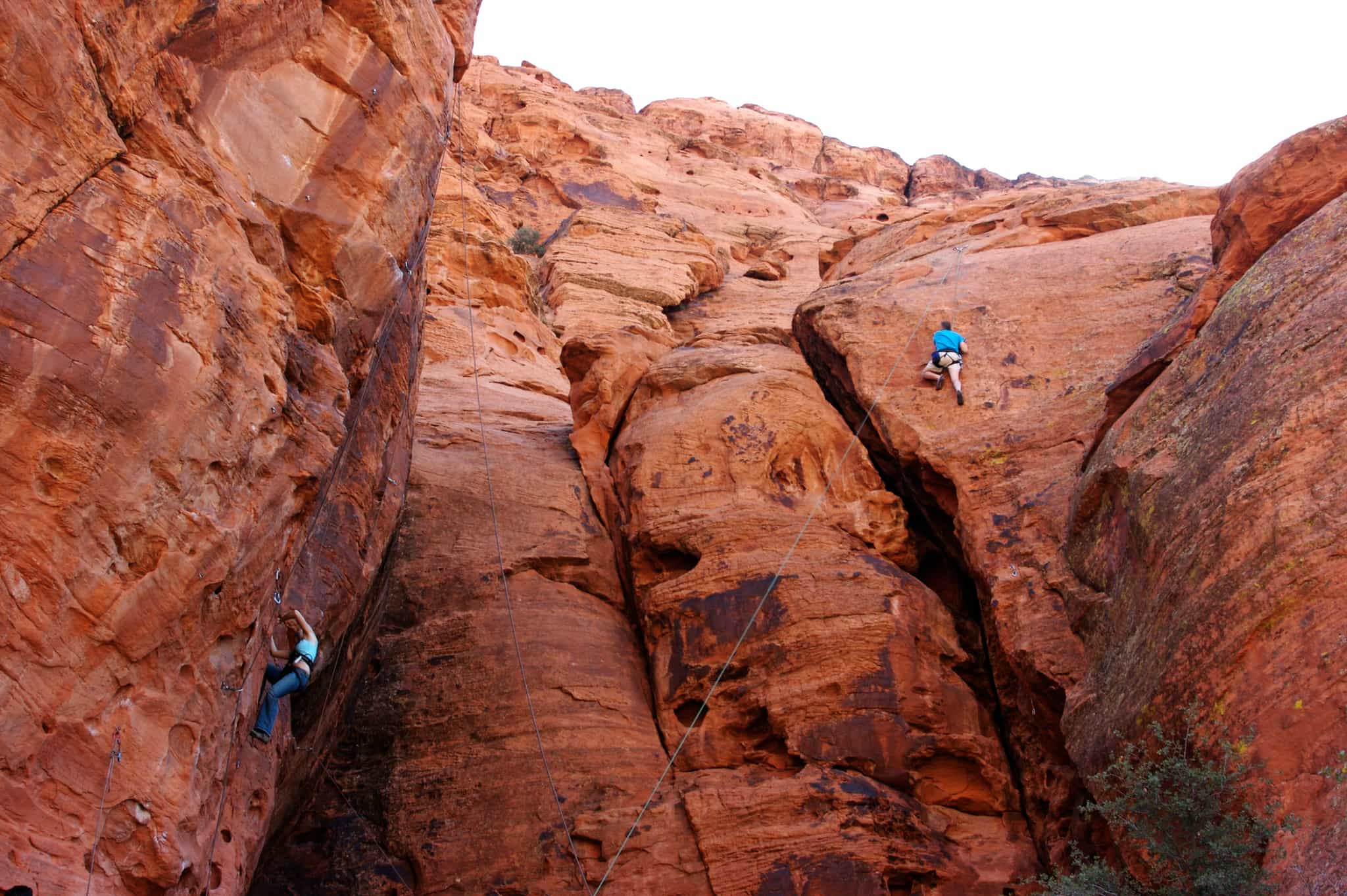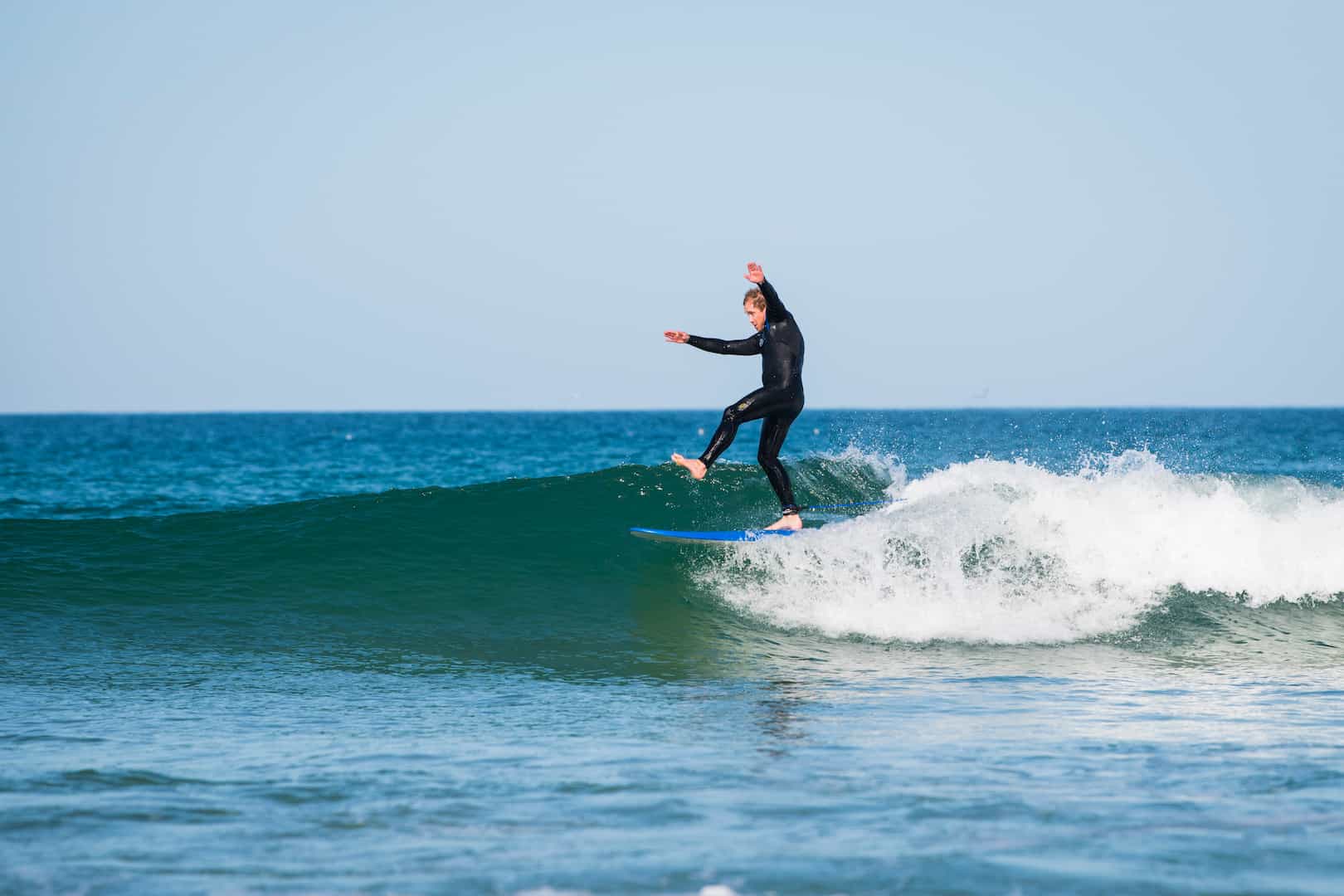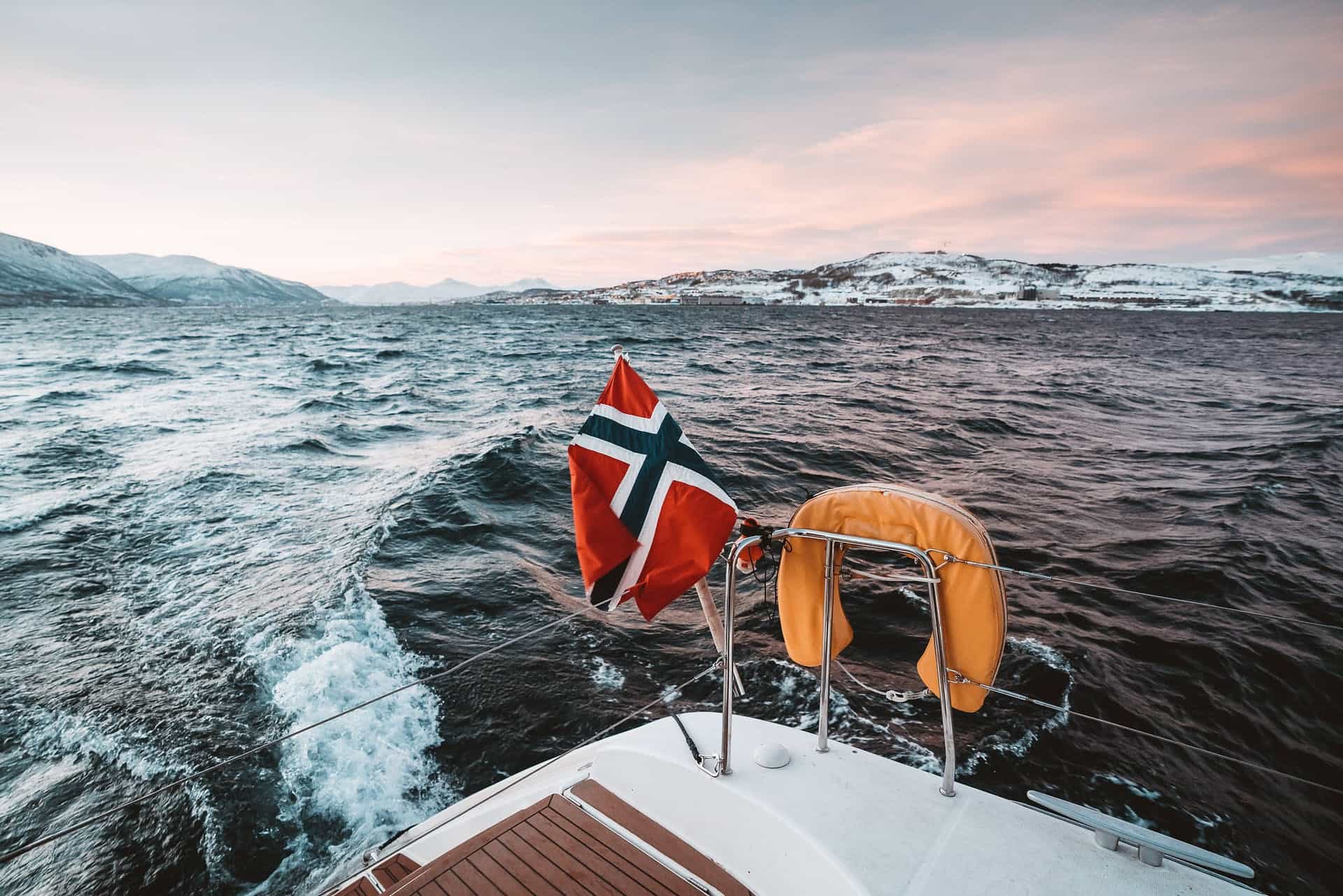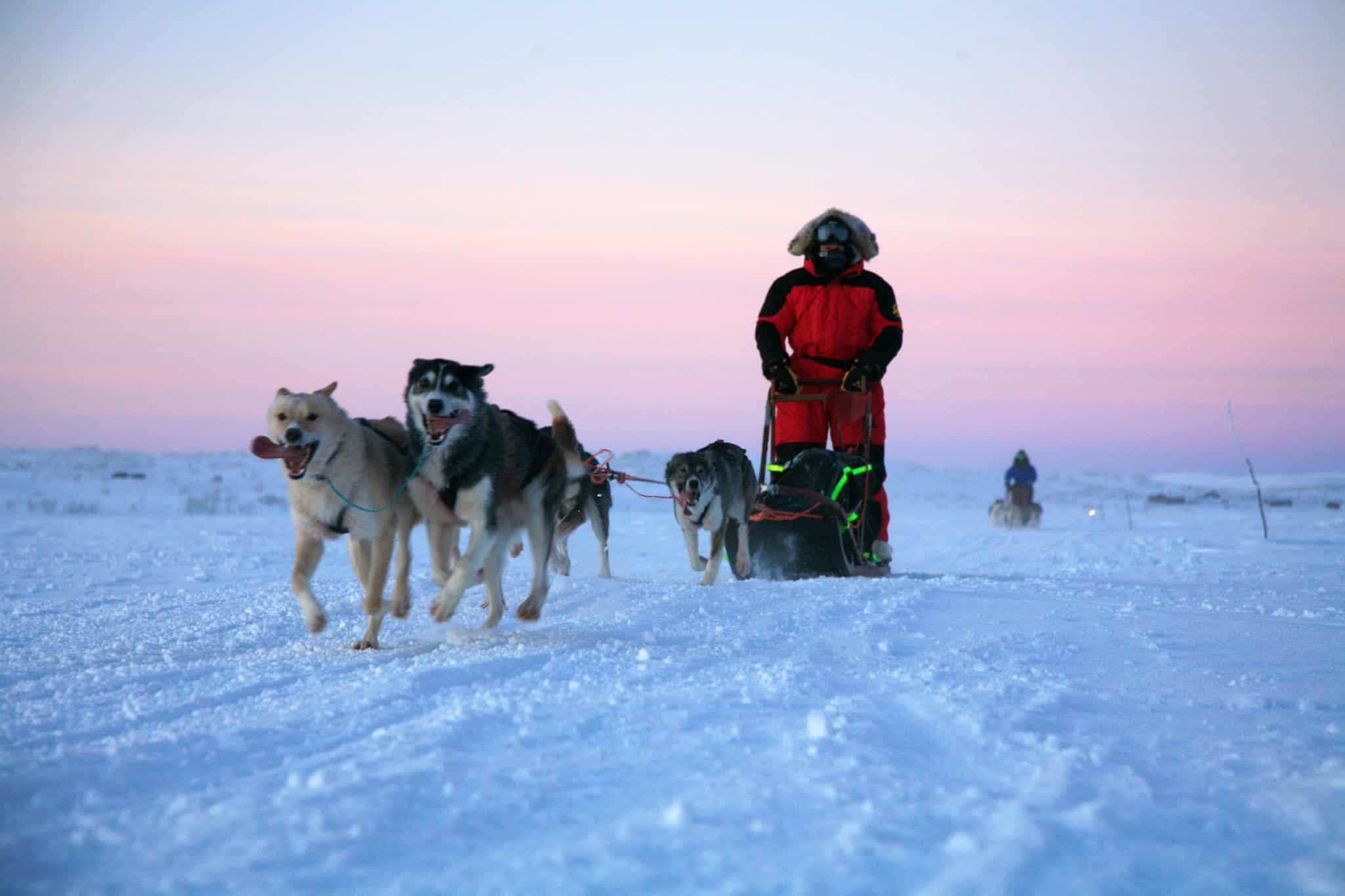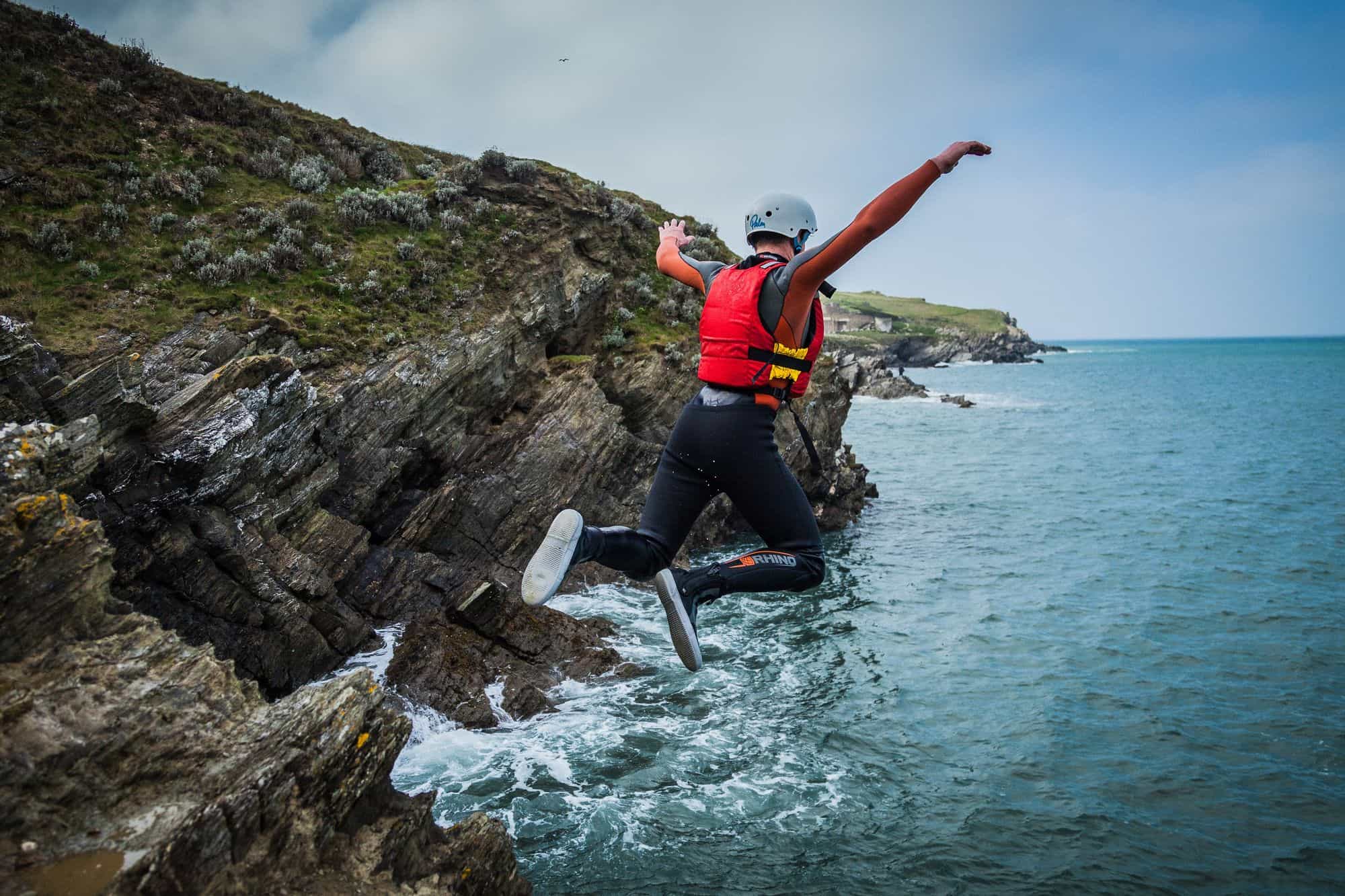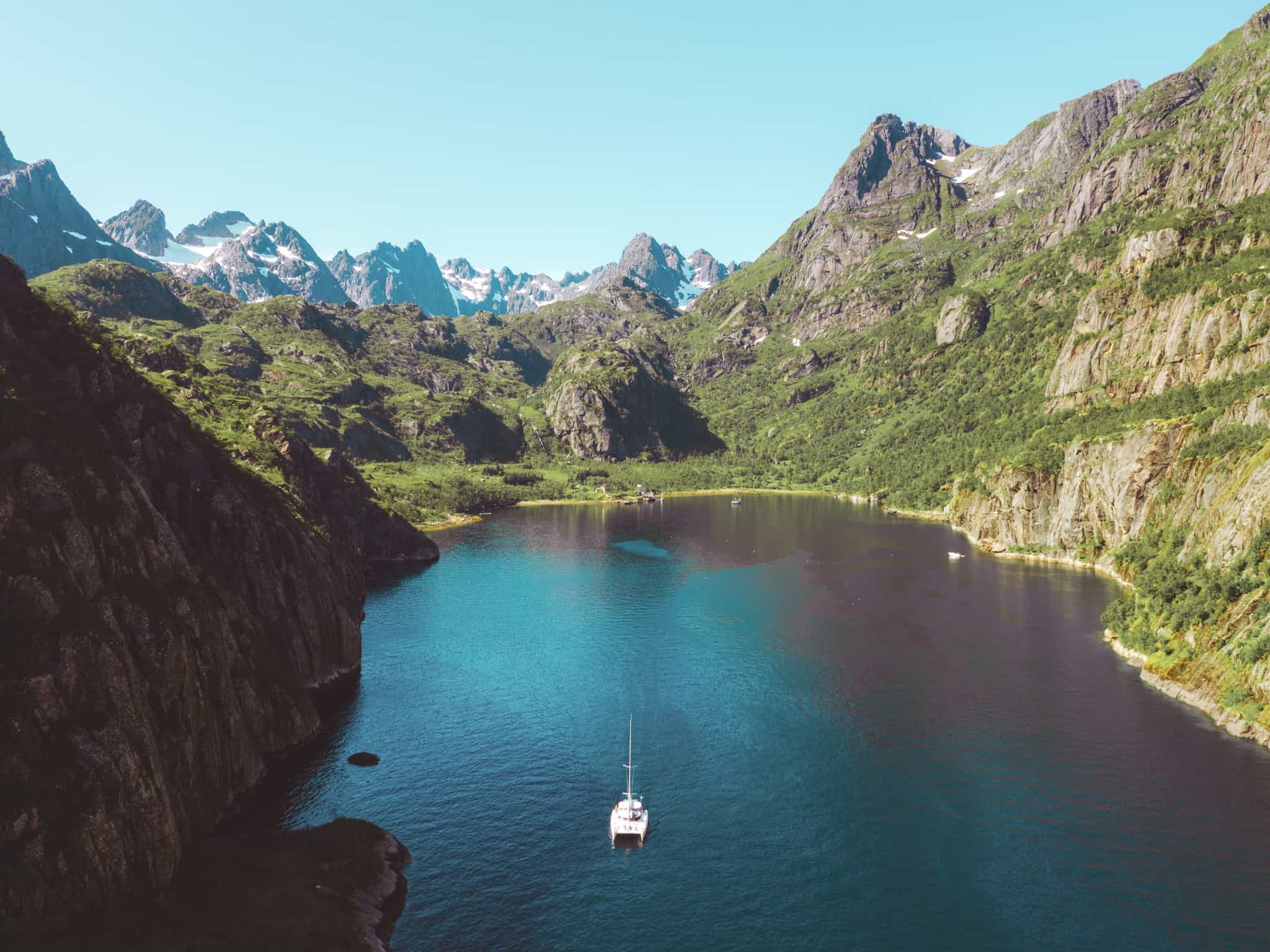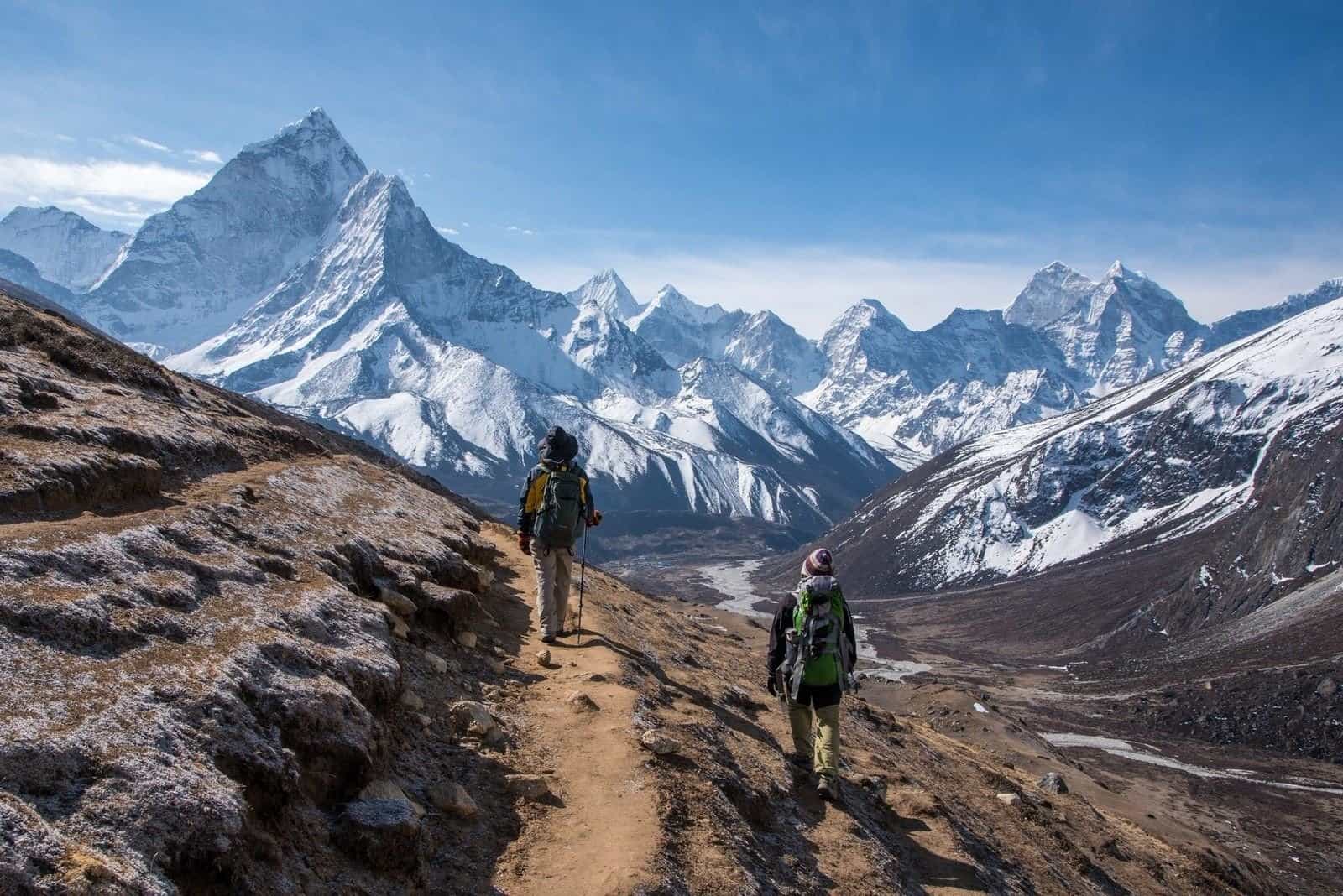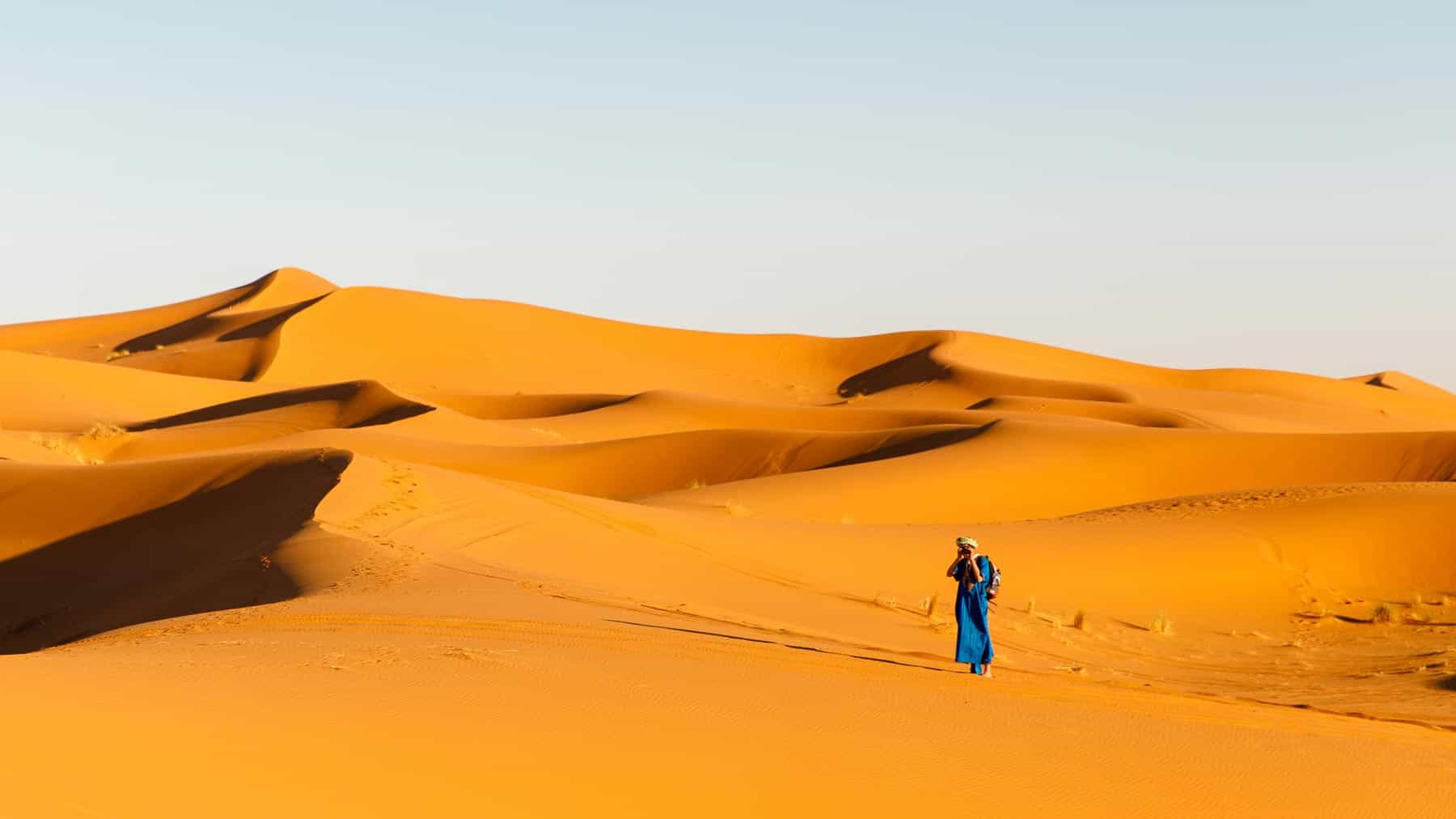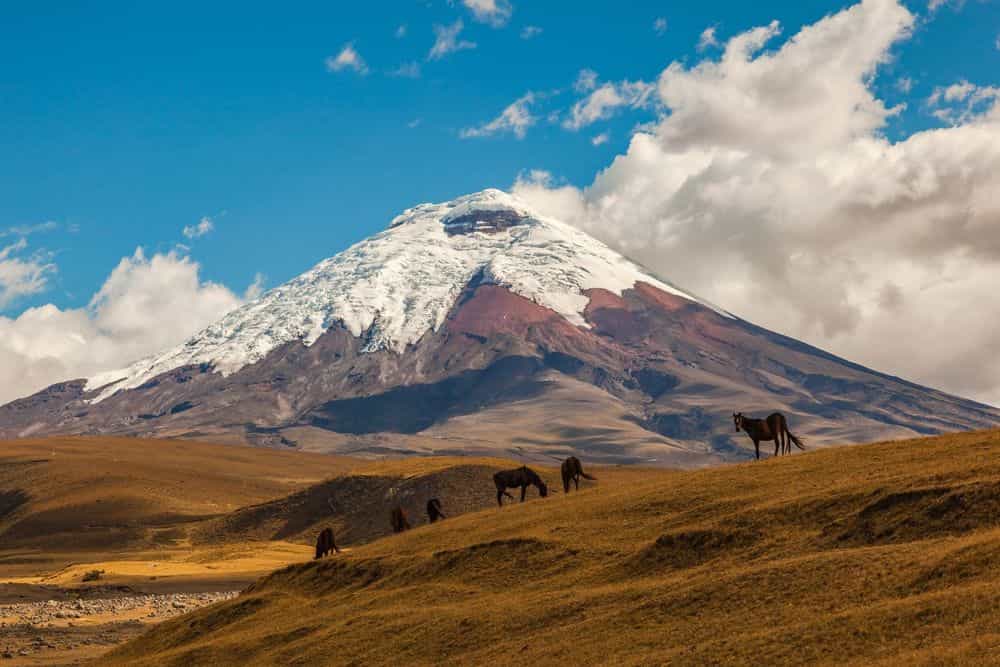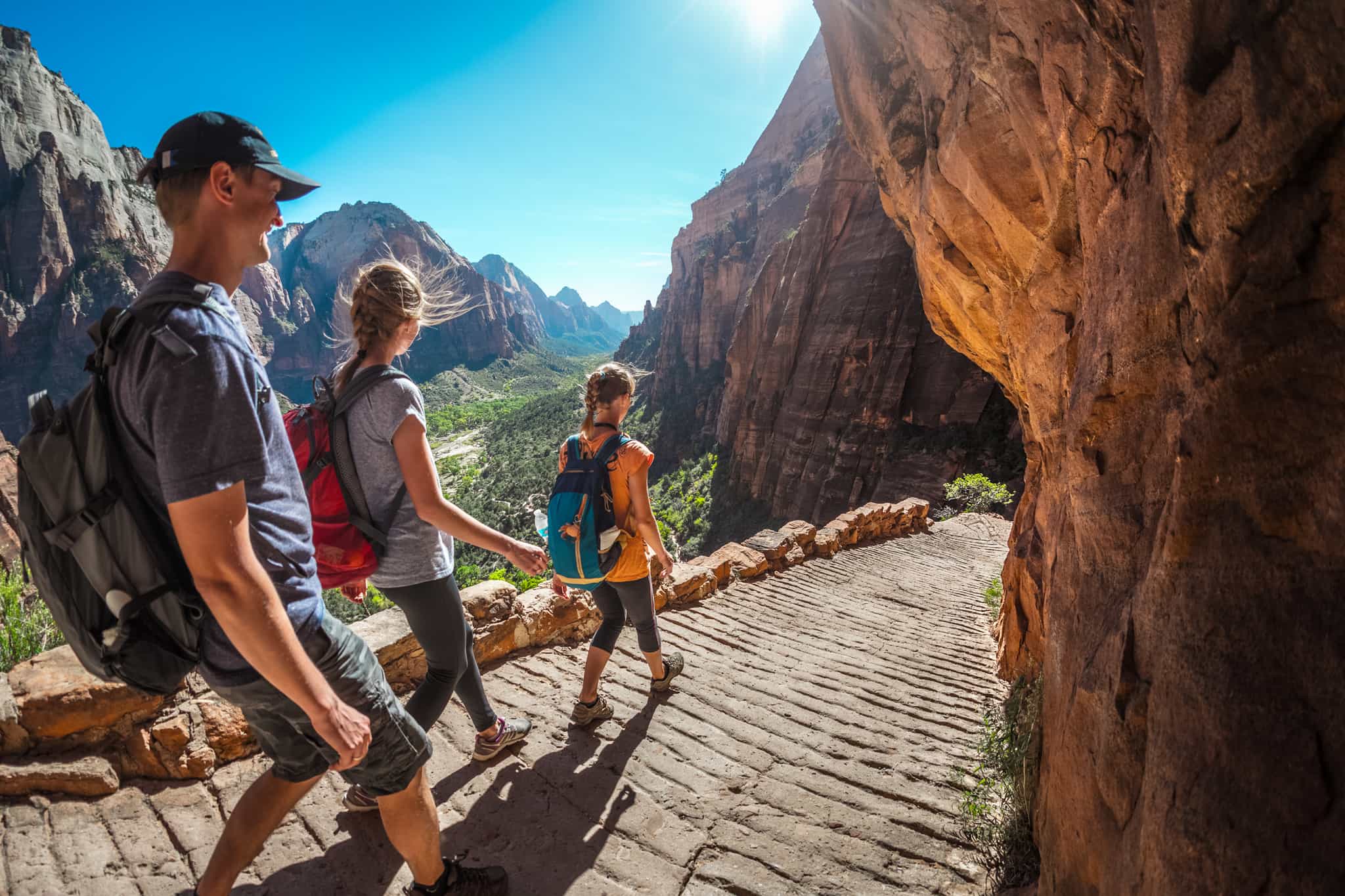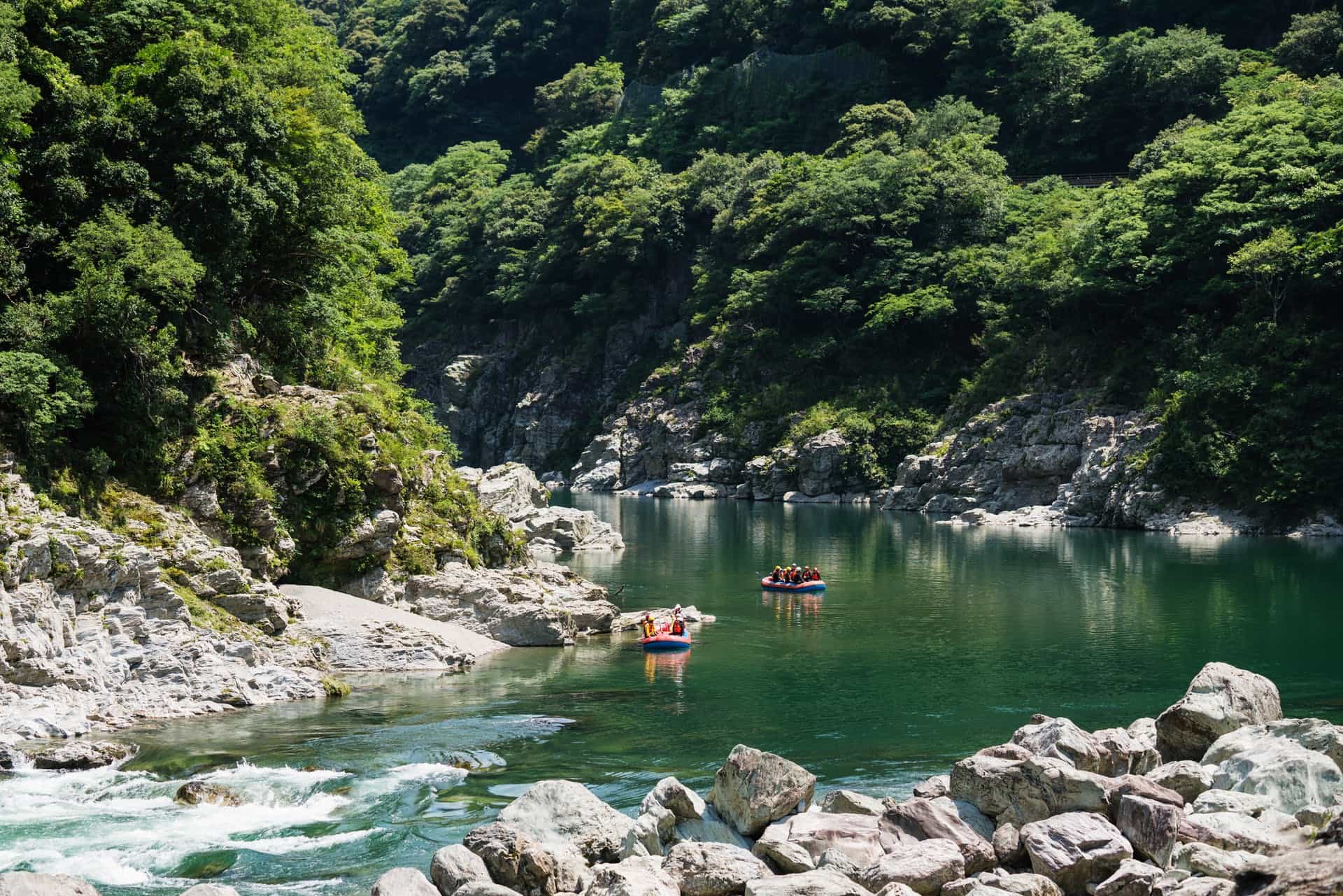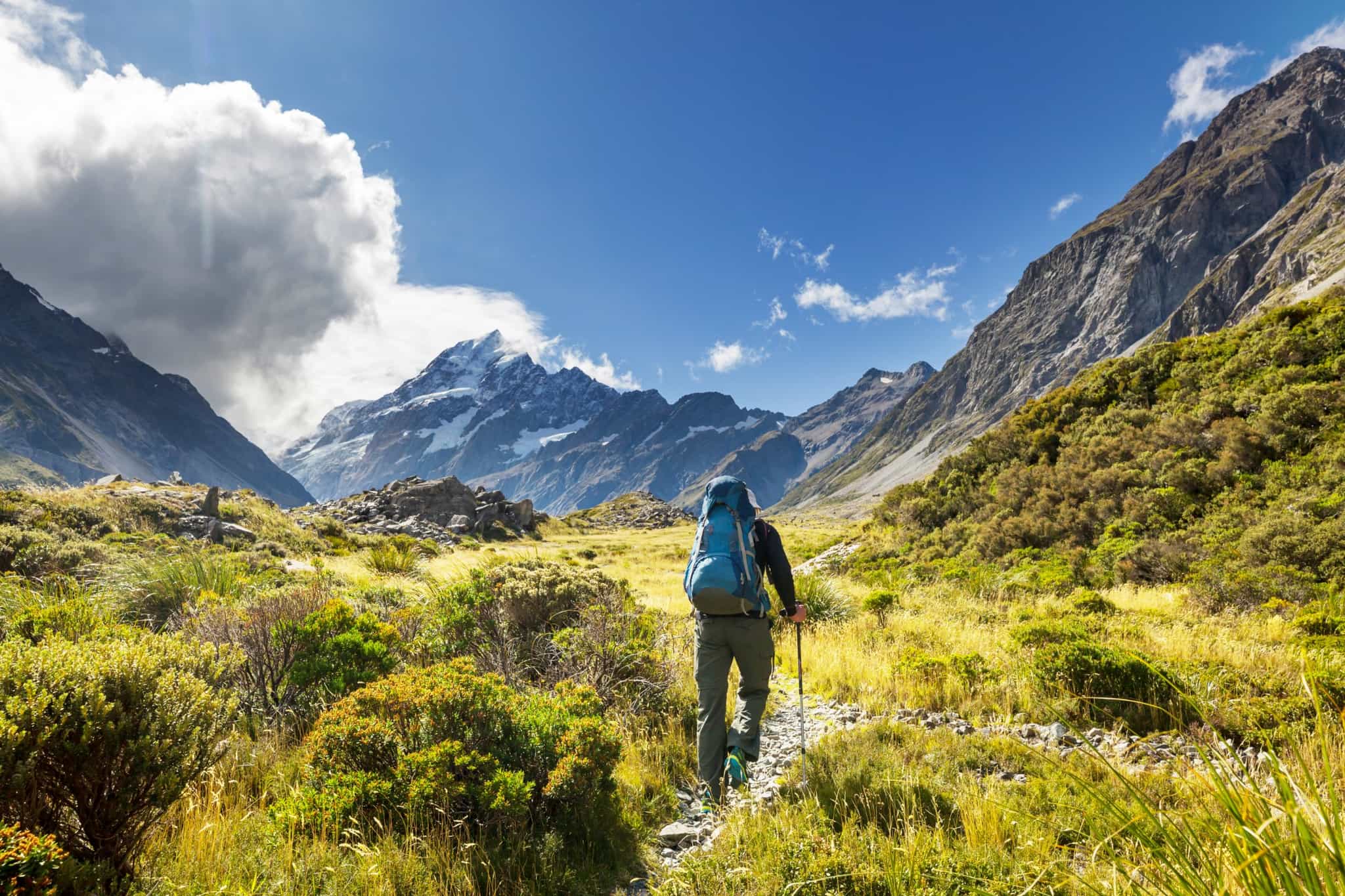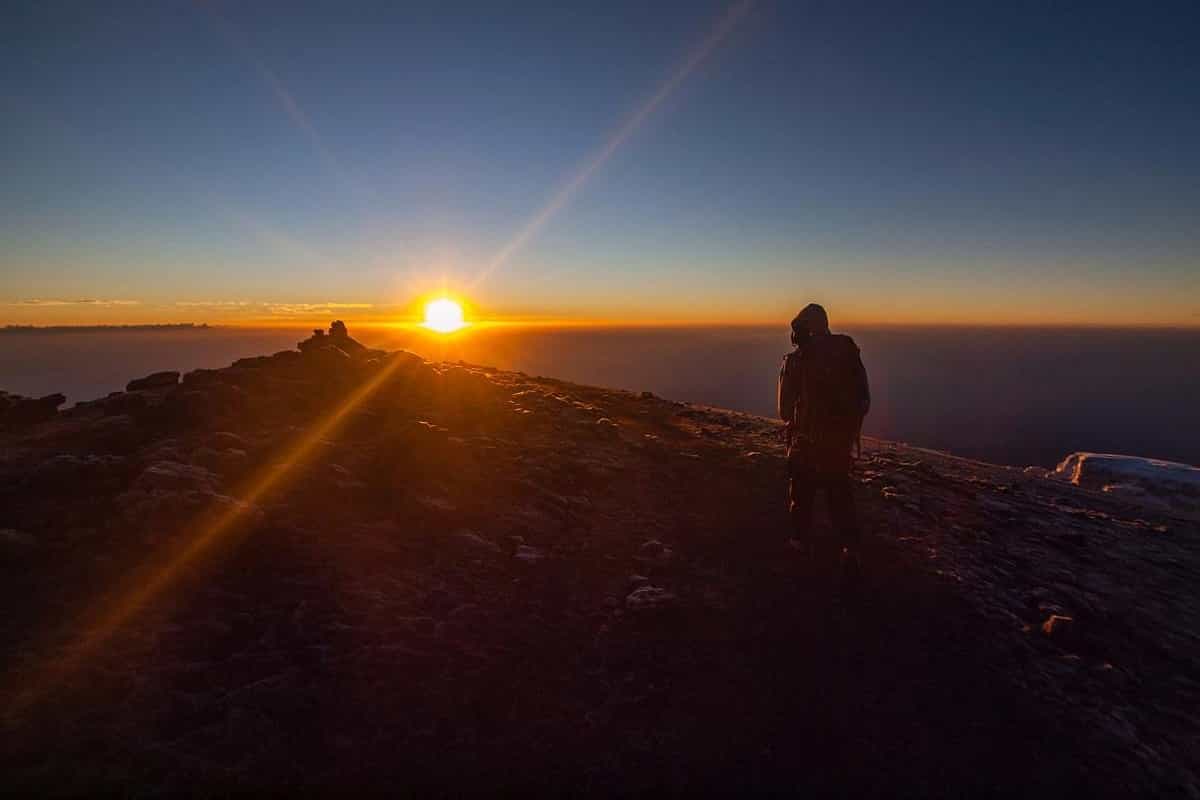
Climb Kilimanjaro (5895m) via The Lemosho Route and Go to Zanzibar
Summit the tallest peak in Africa – eyes peeled for elephants – before hitting Zanzibar’s turquoise waters
What's Included?
Activities & Certified Guides
All trekking with expert, local, certified guides, plus a support team in ZanzibarHotels & Camping
3 nights in a hotel in Moshi, 7 nights camping and 3 nights in a beachside hotel in ZanzibarMeals
All your breakfasts, lunches and dinners are includedInternal flights & transfers
Return flights between Moshi and Zanzibar; airport transfers and all transfers during the tripPermits & porterage
Your permits, taxes and licenses are all taken care of; porters will transport your overnight luggage and camping equipment for you on the trekSmall Like-minded Groups
Solo-friendly by design, join our small n’ sociable groups of up to 12 like-minded, active and outdoorsy people…
…
What's it like?

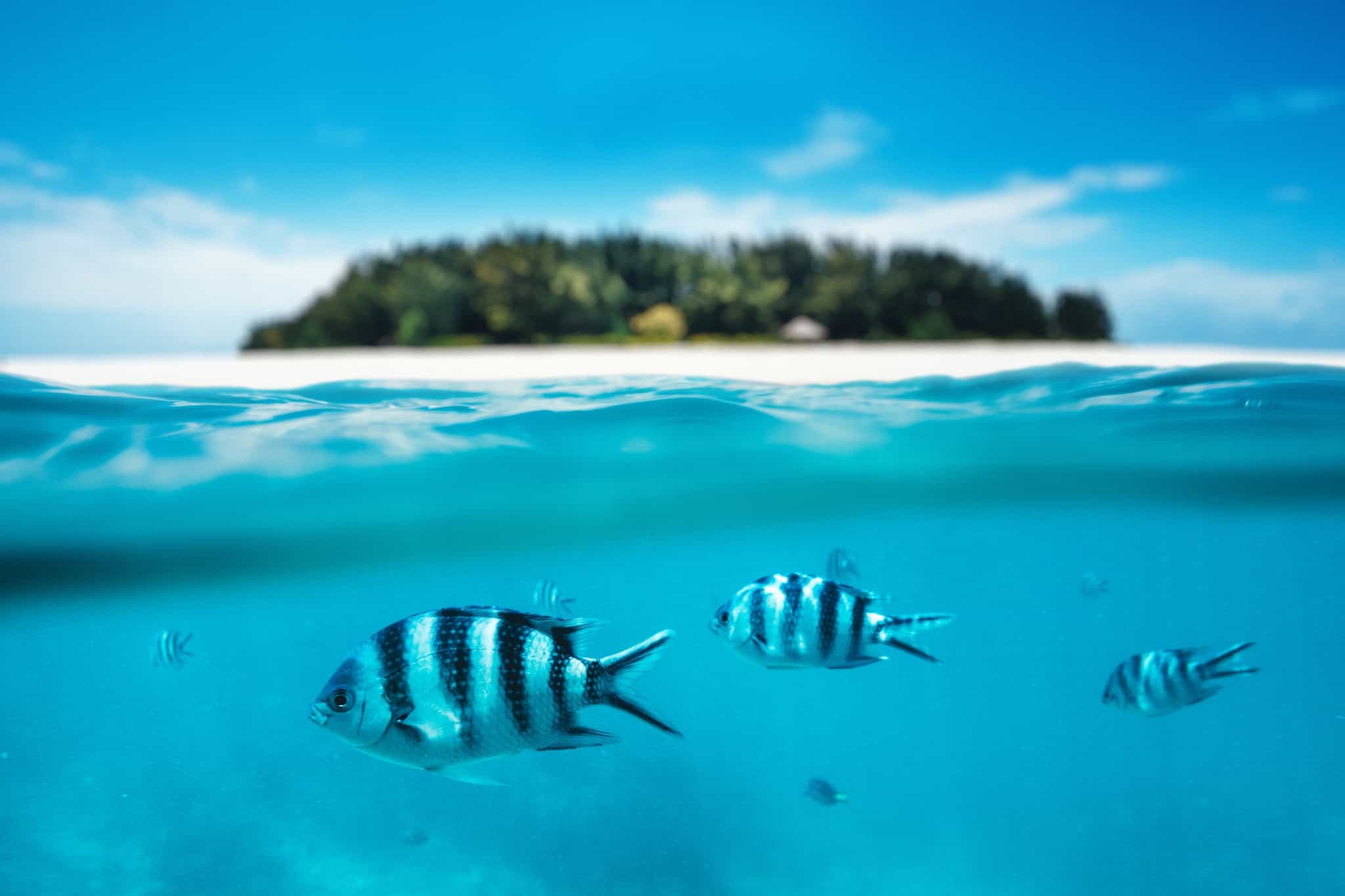
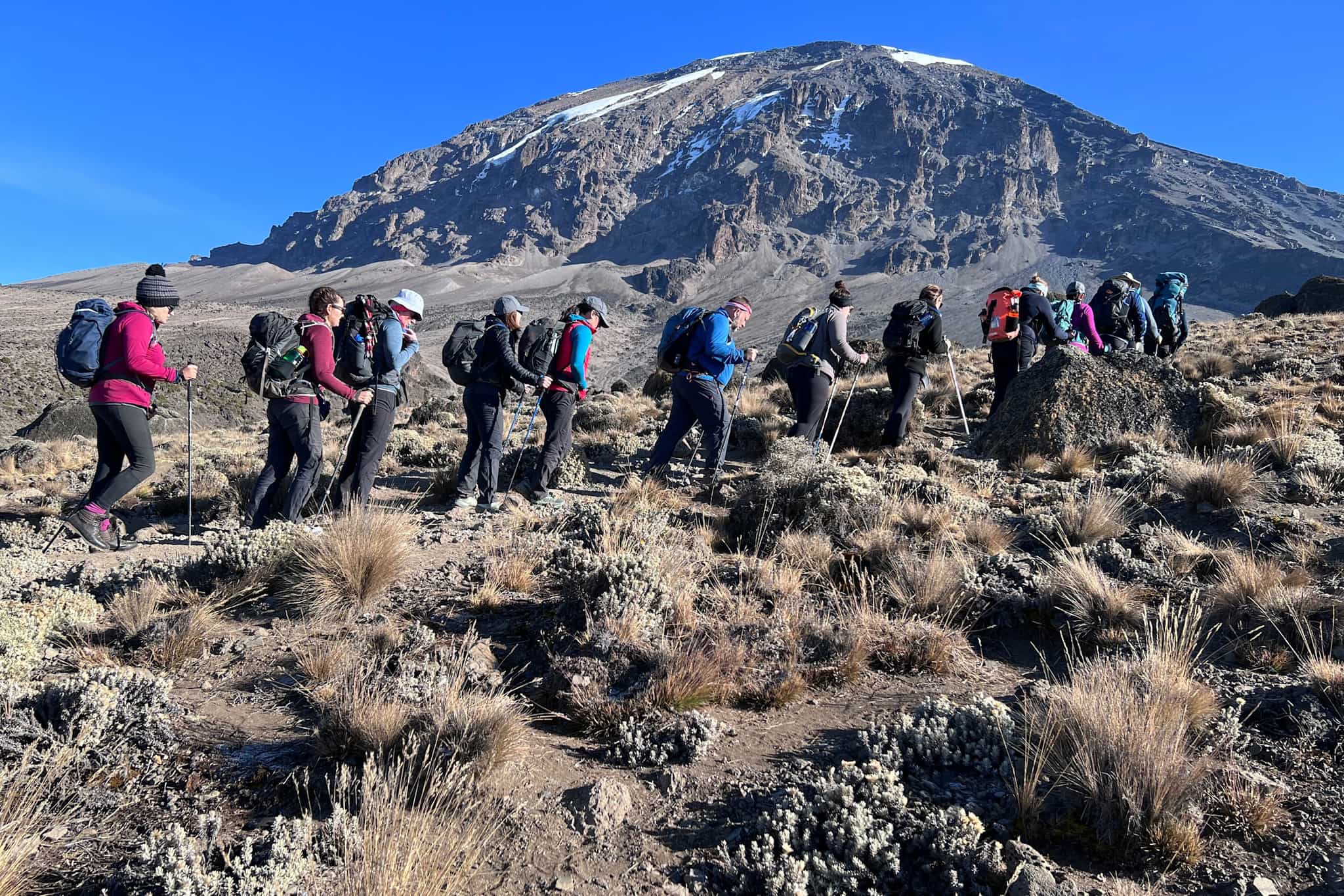
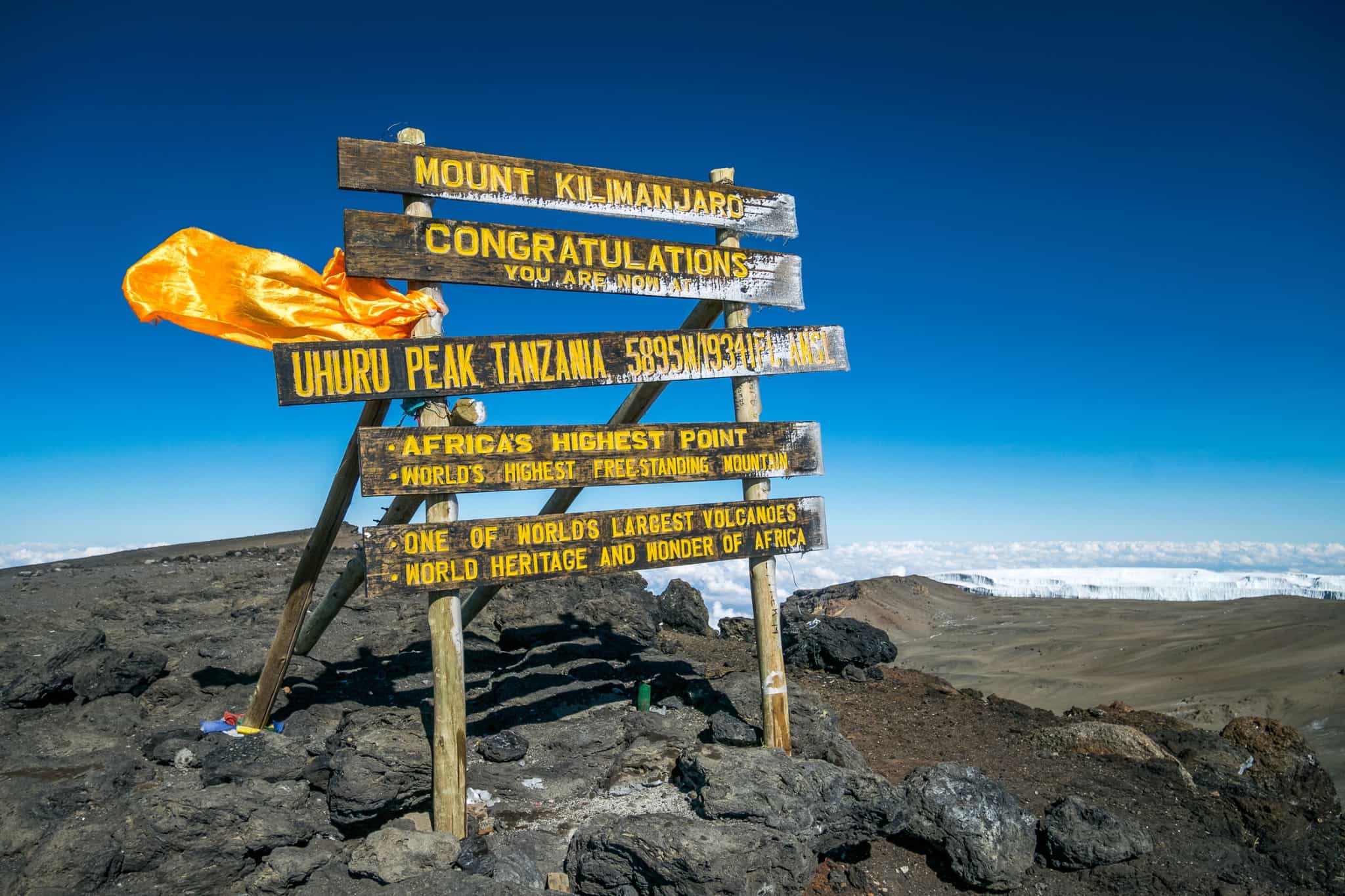
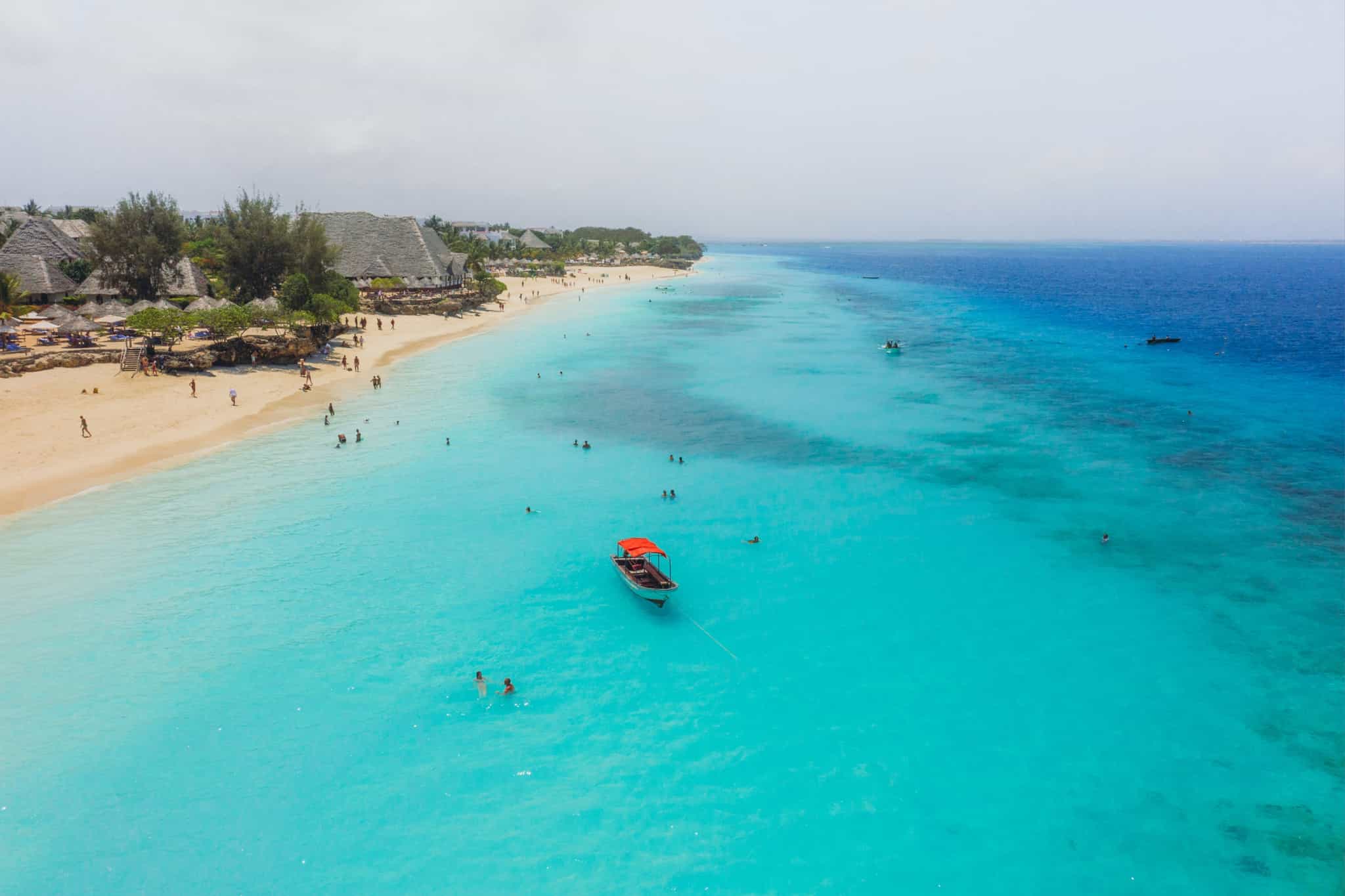
Trek to the top of Africa’s iconic 'Seven Summit' along trails running through wildlife-rich temperate forest
With eight days on the mountain, this route offers one of the highest summit success rates of the routes on Kilimanjaro
Hit the paradise sands of Zanzibar for some well-deserved R&R – sailing, snorkelling and swimming in tropical seas
Key Information
Day 1
Welcome to Tanzania!

Land at Kilimanjaro International Airport where your transfer will be waiting to take you to your accommodation at the Weru Weru River Lodge. After meeting your guide for a detailed briefing and equipment check, join your fellow travellers for a welcome dinner and then get some rest in preparation for the adventure beginning tomorrow.
Day 2
Head to Lemosho Gate to meet your crew and hike to Big Tree Camp (2780m)
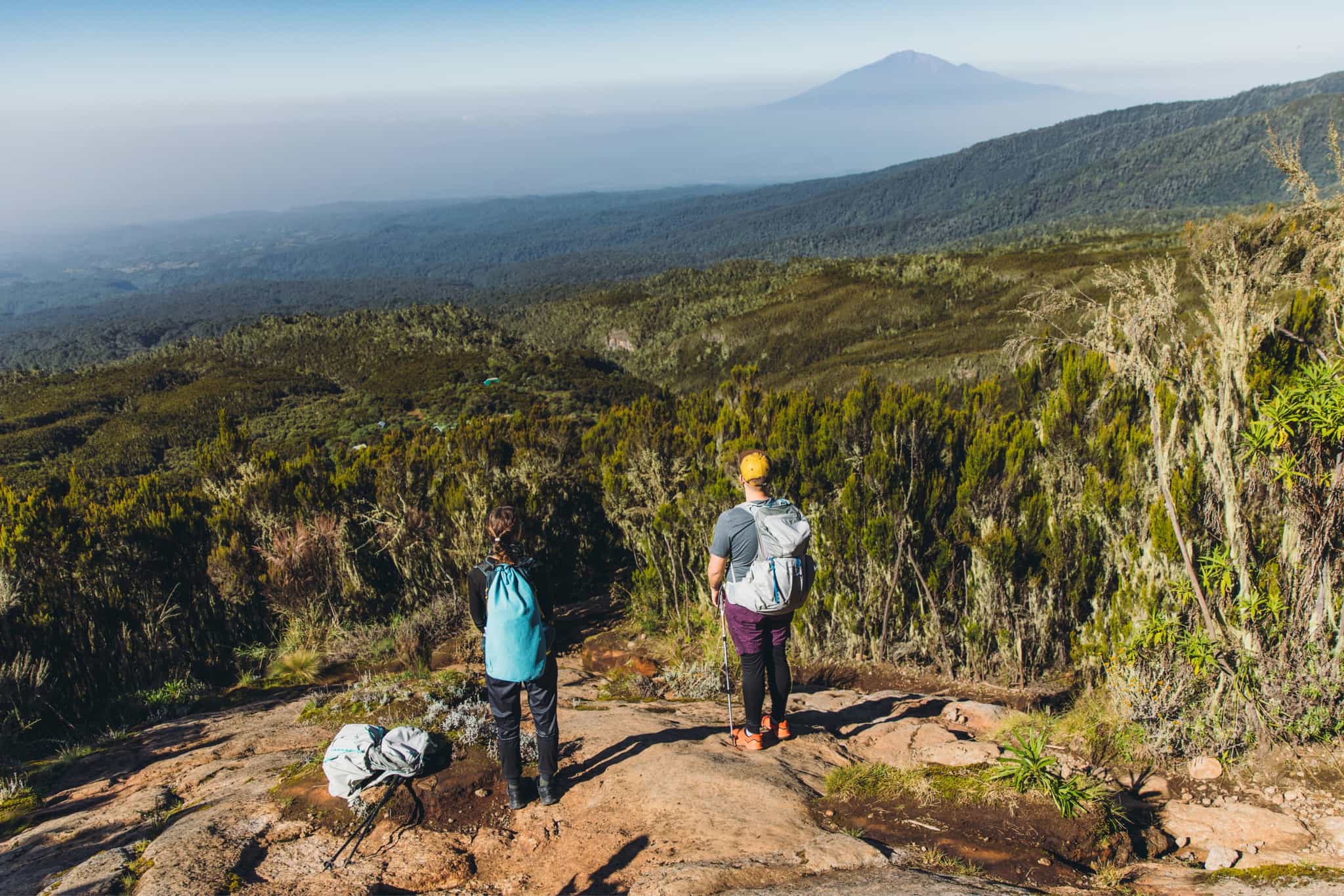
Driving
Hiking
Kick off your adventure at the Lemosho Gate of Kilimanjaro National Park, following a scenic drive through mountainside villages. Wander through pine forests and lush rainforests, keeping an eye out for wildlife like buffaloes and elephants. Make sure your gaiters and trekking poles are handy as the trail can get a bit muddy and slippery at lower elevations. Once you reach your campsite, kick back and soak up the vibes of your first night on the trek.
Day 3
Across the Shira Plateau to Shira Camp (3500m)

Hiking
Bid farewell to the rainforest as you ascend to the Shira Plateau, an alpine moorland landscape situated above 3000m. Keep your eyes peeled for wildlife, particularly birds of prey, as you traverse this rugged terrain. After approximately an hour of trekking across the plateau, you'll arrive at camp mid-afternoon. Take advantage of this time to relax and recharge before hopefully witnessing an unforgettable sunset.
Day 4
Continue on the Shira Plateau to Shira II Camp (3900m)
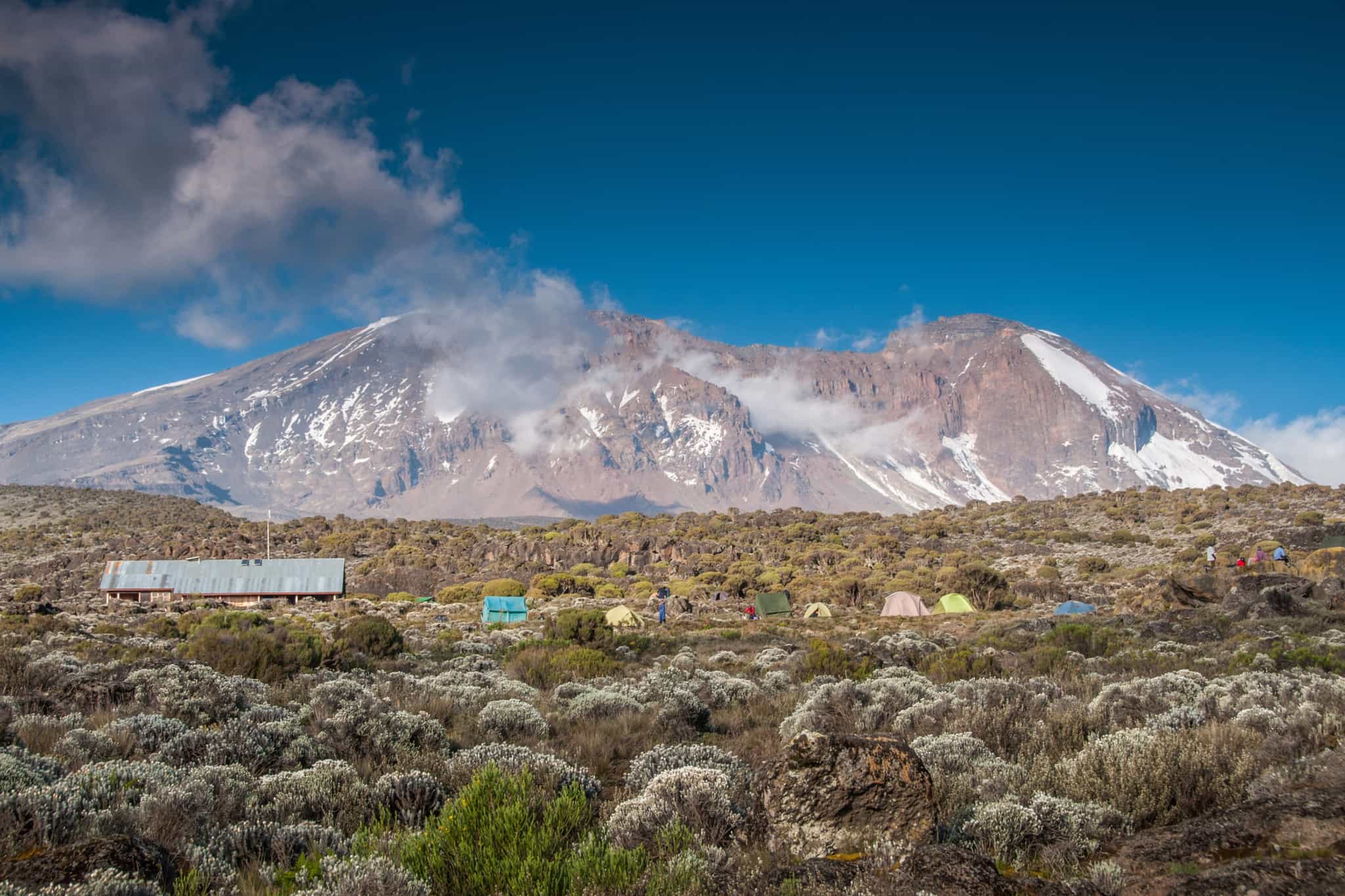
Hiking
Today offers a more leisurely pace as you head eastward across the Shira Plateau towards Camp II. It's all about taking it easy to let your body adjust to the high altitude. After settling into camp, you'll go for a short afternoon walk up to the Moir Hut for some acclimatisation, then back to camp for dinner.
Day 5
Climb up to Lava Tower then down to Barranco Camp (3950m)
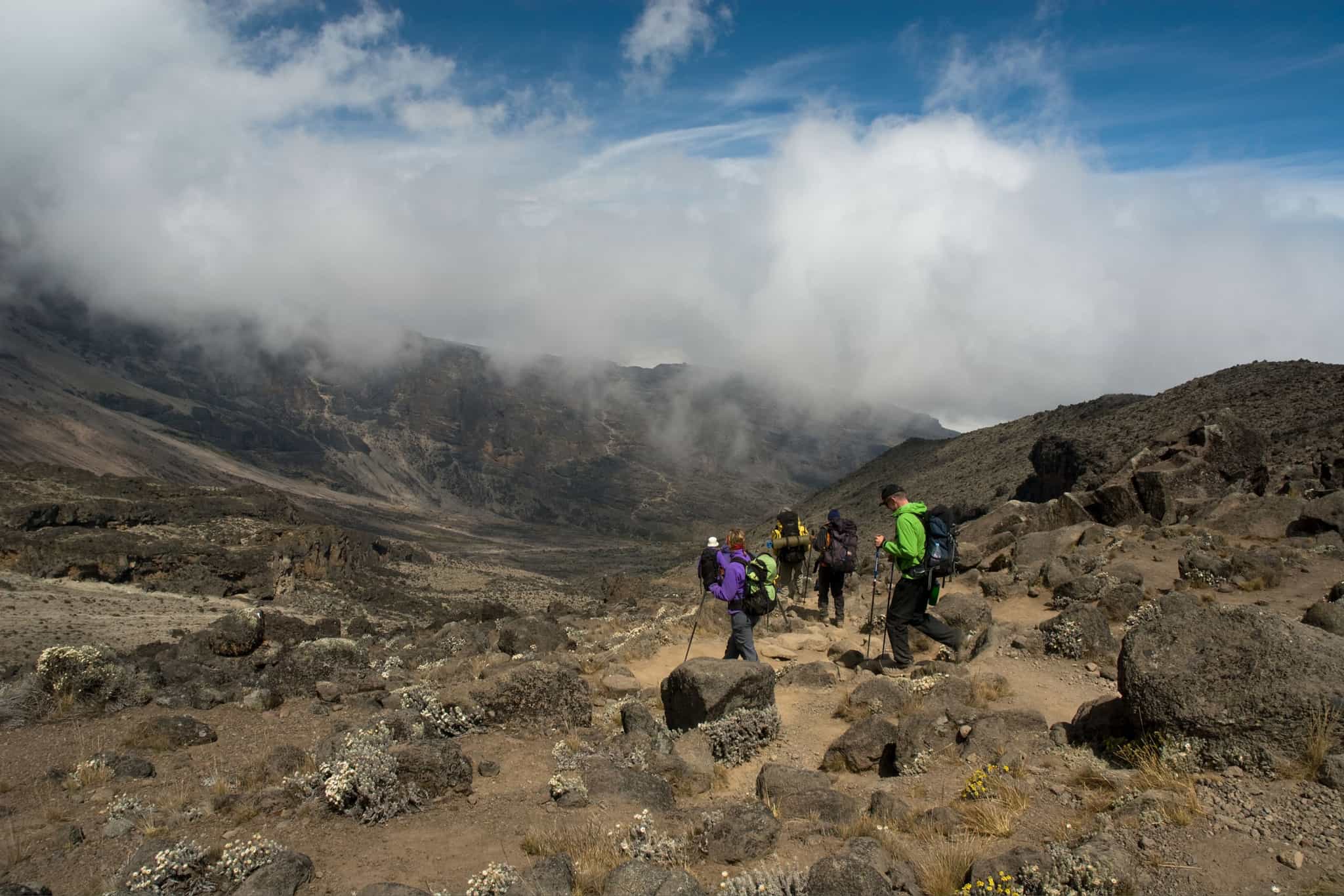
Hiking
Get ready for another day of important acclimatisation. Today, you'll be trekking along the western slopes of Kibo until you reach the spot where the Lemosho Route and the Machame Route come together. Then, it's time to climb up to the Lava Tower (4640m), a chunk of volcano that popped up about 150,000 years ago during Kilimanjaro's most active volcanic phase. Settle in for lunch at the base of the tower before you carry on with your trek through moorland, where you'll spot unique Giant Senecio trees. Finally, you'll head down to your camp for the night at Barranco, where a big dinner and a cosy tent await you.
Day 6
Barranco Camp (3950m) to Karanga Camp (4035m), via the Barranco Wall

Hiking
Continue getting used to the altitude today before you tackle the higher camps and summit. After fuelling up on breakfast, you'll head up a steep ridge to the bottom of the Barranco Wall. It's a bit of a test for both your body and your mind, as the wall looks taller than its 257m. Taking it slow and steady is the key to making the scramble to the top easier (most find it less daunting than they expected, so don't fret!). Once you're at the top, if the clouds play ball, you'll get a great view over the Heim Glacier. Then, it's a bit of up and down through the Karanga Valley until you reach your base for the night at Karanga Camp.
Day 7
Karanga Camp (4035m) to Barafu Camp (4673m)

Hiking
Take a short but steep hike through the increasingly thin air up to Barafu Camp ('barafu' is the Swahili word for 'ice') – your final pitstop before summit day. This camp sits on a barren, rocky ridge. Grab an early dinner, prep yourself for the big summit push tomorrow, and catch some z's. You're almost there!
Day 8
Summit day

Hiking
Get ready for the toughest leg of the trek, kicking off in the dead of night. With head torches lighting the path, slowly climb through rocky scree towards Stella Point (5756m) on the crater rim. Then, keep pushing to Uhuru Peak (5895m) – the highest spot on Mount Kilimanjaro, the tallest peak in Africa, and quite possibly your most epic trekking triumph. Take a moment to catch your breath, snap some photos, then begin the long descent over dusty volcanic terrain, eventually winding back down to moorland as you reach Millennium Camp (3800m) for a well-deserved rest!
Day 9
Descend from Millennium Camp (3800m) to Mweka Gate

Hiking
Continue your descent towards the Mweka Park Gate, trekking through the forest – keep an eye out for fluffy black and white colobus monkeys as you descend to lower levels. Things will be a lot warmer down here, with the terrain getting wet and muddy, so make sure your gaiters and trekking poles are close at hand. Once you reach the park gate, you'll pick up your summit certificate before heading back to your hotel in Moshi, where you can finally enjoy a hot shower and have a well-deserved celebration. After your trek, there'll be a tipping ceremony for the crew who helped you make your way up the mountain – check out the FAQs below for more on this local custom.
Day 10
Zanzibar: welcome to paradise

Now that your summit quest is done, it's time for some well-earned R&R, as you head for a few days of tropical island adventure. After breakfast, you'll be picked up and taken to the airport for the hour-long flight to Zanzibar. You'll be met at the airport and driven to the eastern side of the island to Marumbi to settle into your beachside accommodation. Zanzibar was once the spice capital of the world and you'll stop off on your way for a quick walk around one of the many plantations on the island. Enjoy the rest of the afternoon and dinner at the beach-side restaurant or a drink by the pool as you relax into island life.
2025 departures: You'll be met at Zanzibar Airport, then you'll stop off at one of the island's many spice plantations for a walk around. You'll then be driven into Stone Town, a UNESCO World Heritage Site, where you'll spend the night. Enjoy the rest of the afternoon exploring this exotic, UNESCO-listed port town – the historic heart of the island.
Day 11
Sail on a traditional Dhow and swim tropical Menai Bay
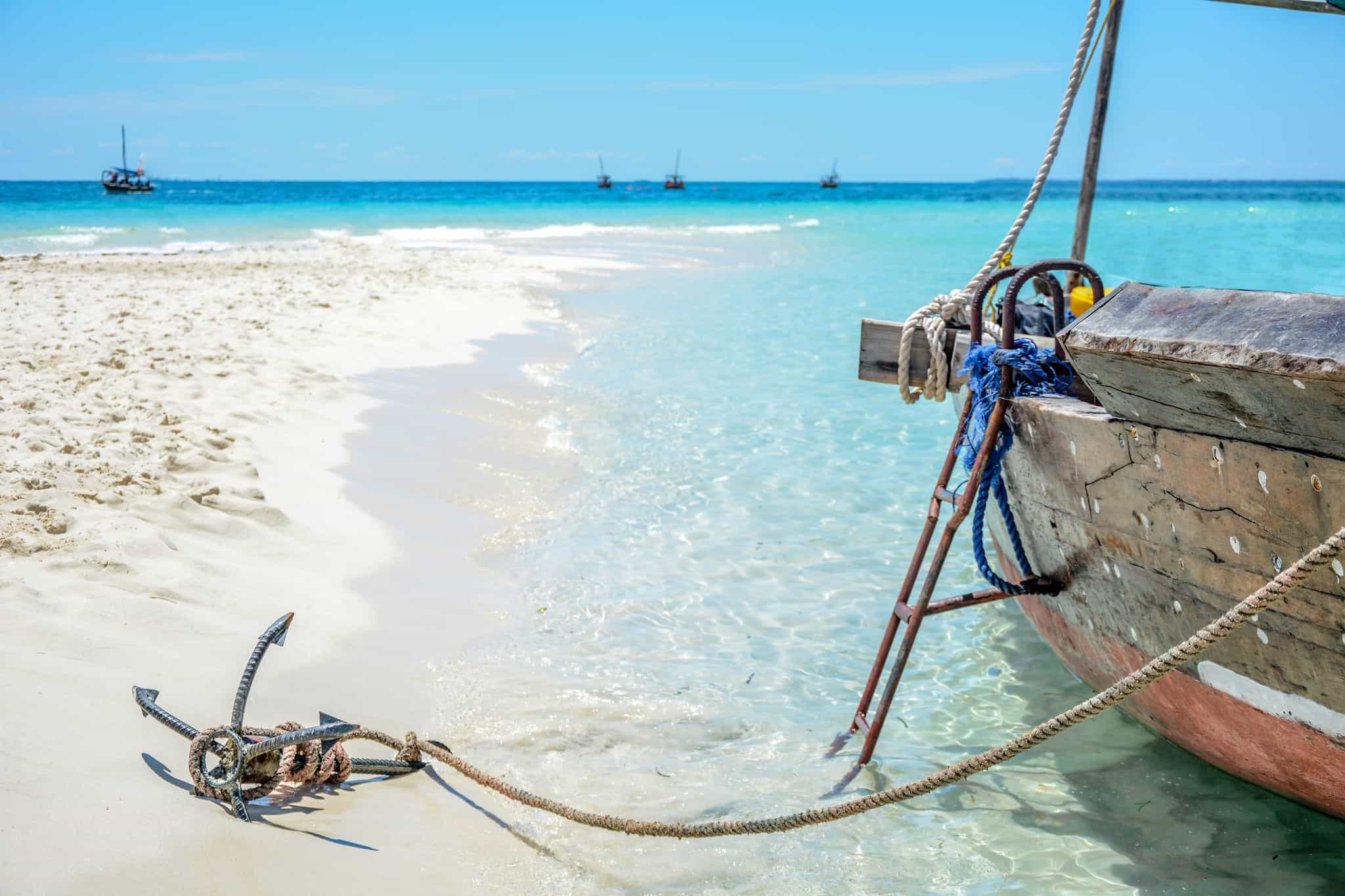
Sailing
Today you embark on an unforgettable adventure, sailing by traditional dhow through the tropical waters to the south of Zanzibar, exploring islets, sand bars and the abundant coral and sea life that make up the Menai Bay Conservation Area. Secret swimming coves, white-sand beaches, and tropical serenity await. Your journey takes you to the small mangrove-covered paradise of Kwale Island. Walk to the island's captivating, naturally green lagoon and climb the five-hundred-year-old Baobab tree for a spectacular view over the island. Enjoy a cocktail at the 'sand bar' before indulging in a sumptuous seafood barbecue feast featuring delicacies like octopus, lobster, squid, calamari, freshly caught fish, and exotic fruits. As the day draws to a close, return to your hotel in the late afternoon, where you can unwind and relax on the tranquil beachfront.
Day 12
Snorkel Mnemba Island
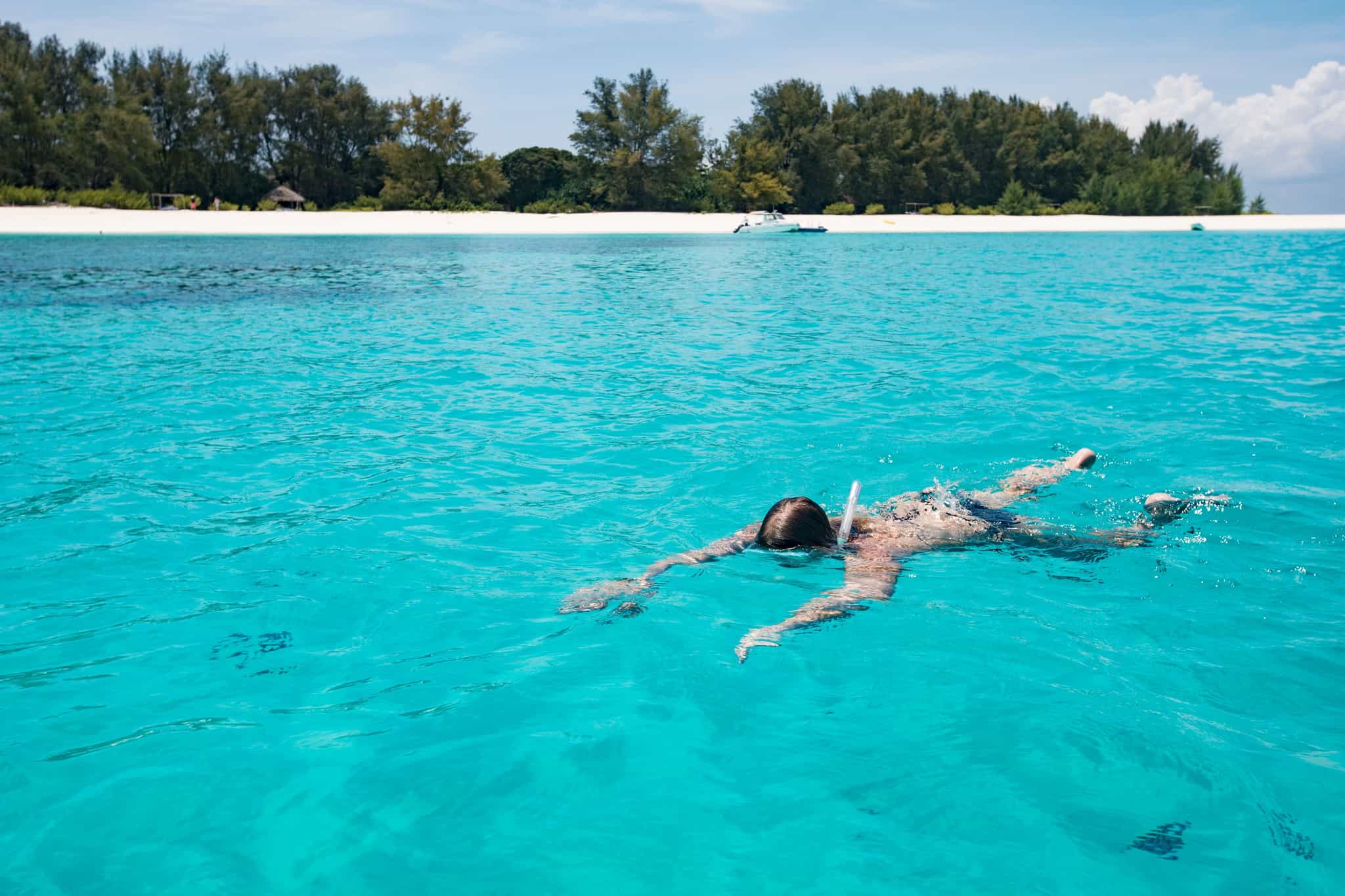
Snorkelling
You'll be picked up after breakfast and driven to the village of Nungwi at the northern tip of the archipelago, where you take a local boat to Mnemba Island, home to some of Africa's best snorkel and dive sites. Spend the morning snorkelling from the white sands of this secluded island, where you are likely to share the waters with an abundance of tiger fish, parrot fish, the occasional turtle and, if you're lucky, dolphins. In the afternoon you'll return to the hotel.
Day 13
Bye Bye Zanzibar
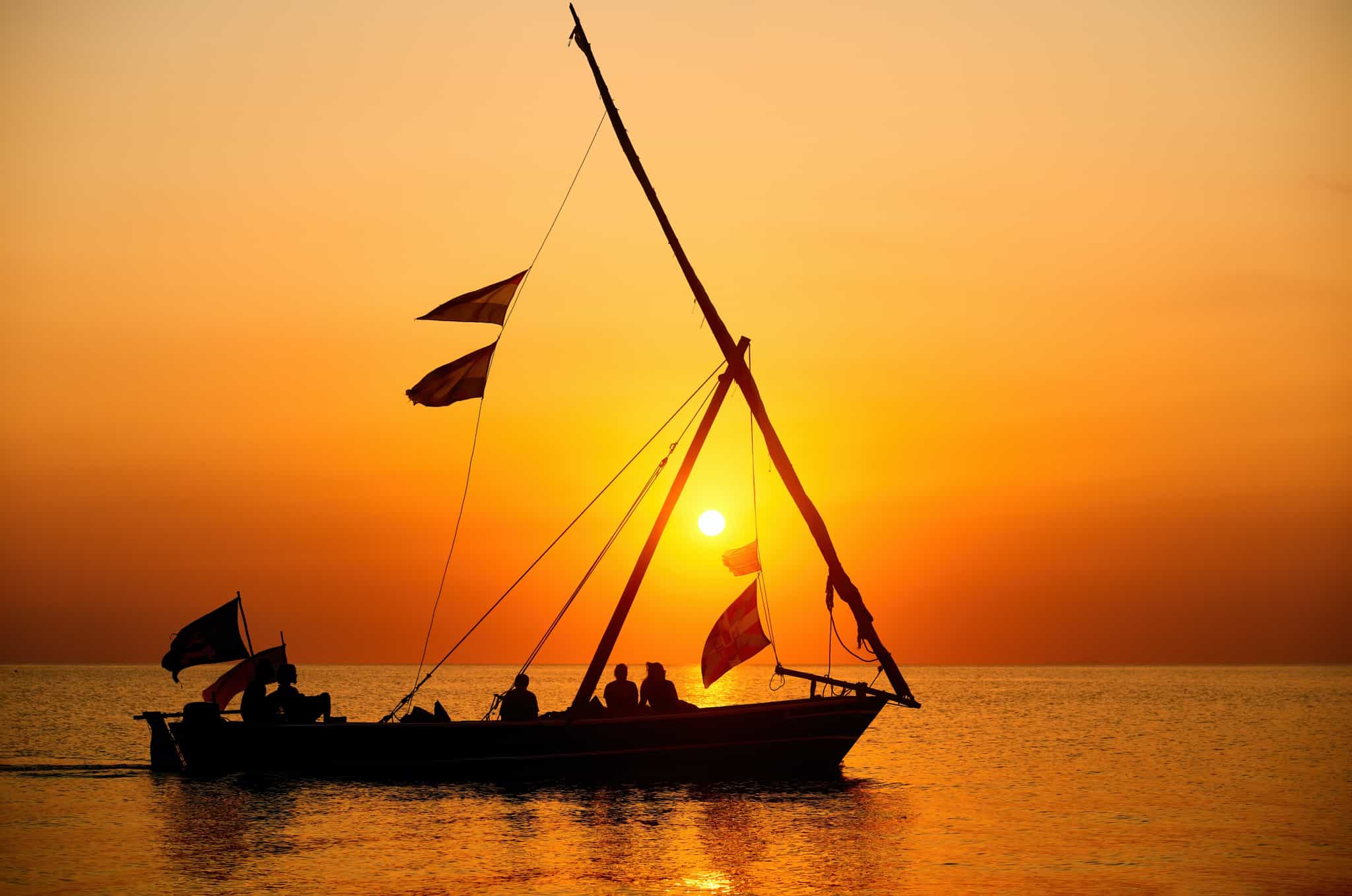
After a relaxed morning and an early lunch, drive to the airport for an afternoon flight back to the mainland. You'll be picked up at the airport and driven back to the Weru Weru River Lodge for dinner and overnight.
Day 14
Time to head home
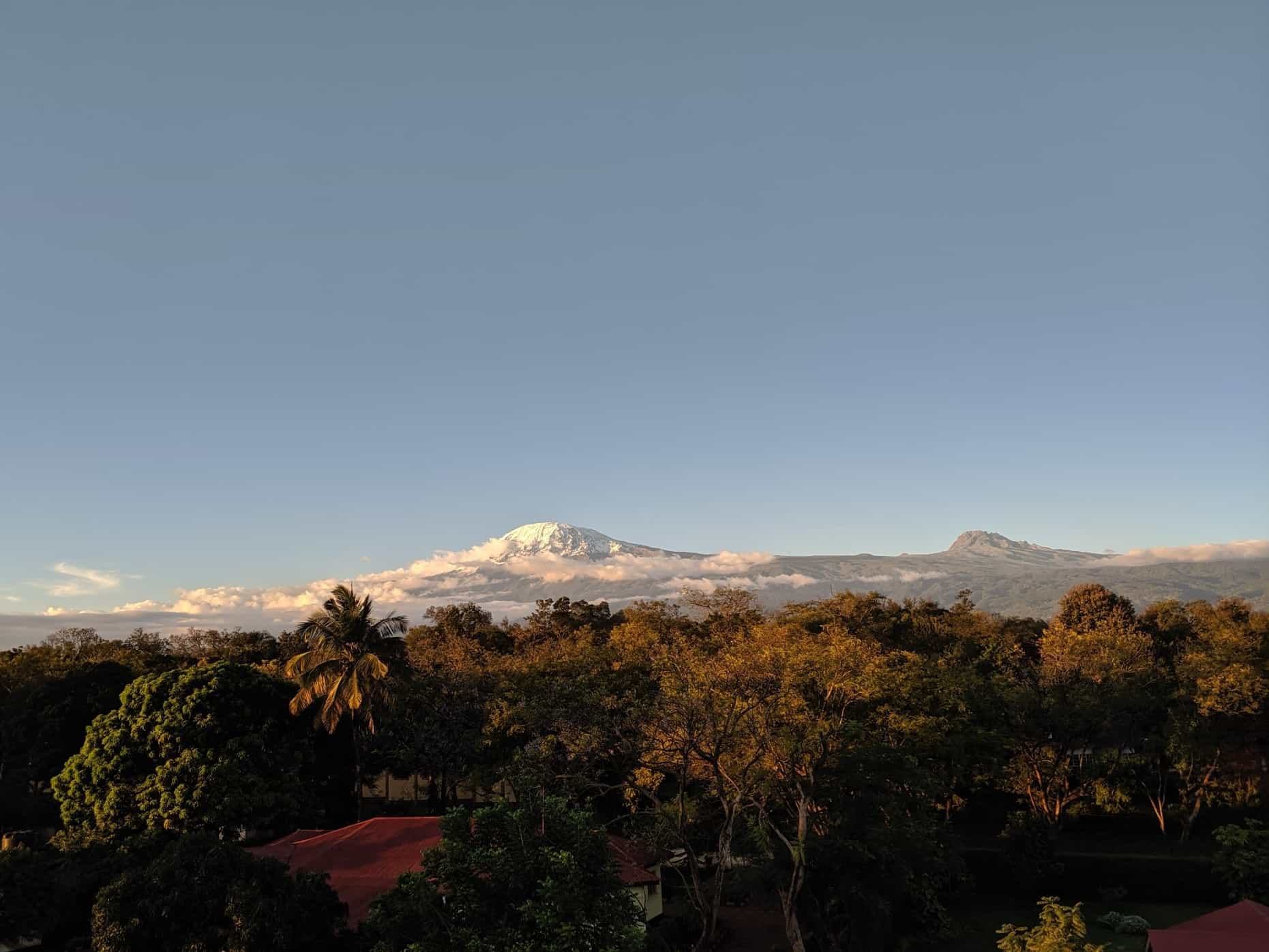
Enjoy a relaxed breakfast to mark the end of a remarkable trip and then head back to the airport, or continue your adventure in Tanzania.
The Area
Logistics
Starts
Kilimanjaro Airport
Any time on Day 1
Ends
Hotel in Moshi or Kilimanjaro Airport
Any time on Day 14
Transfers
Your adventure begins at Kilimanjaro Airport (JRO) where your driver will be waiting for you outside the Arrivals area. Your adventure ends with an overnight stay at the hotel in Moshi; from here you may decide to continue your adventure in Tanzania or ask your host to arrange an airport transfer for any flight departing that day. The airport transfer takes around an hour.
Airport transfers are included in the price if you arrive on Day 1 and depart on Day 14. For those arriving early or wanting to stay on longer, extra nights at the hotels and airport transfers can be arranged with your host at an additional cost. Please see Optional Extras for more information.
Travel options
There are frequent flights to Kilimanjaro (JRO) from major airports across the UK and Europe.
Day 1
Breakfast
Lunch
Dinner
Day 2 – Day 8
Breakfast
Lunch
Dinner
Day 9 – Day 13
Breakfast
Lunch
Dinner
Day 14
Breakfast
Lunch
Dinner
What is the food like?
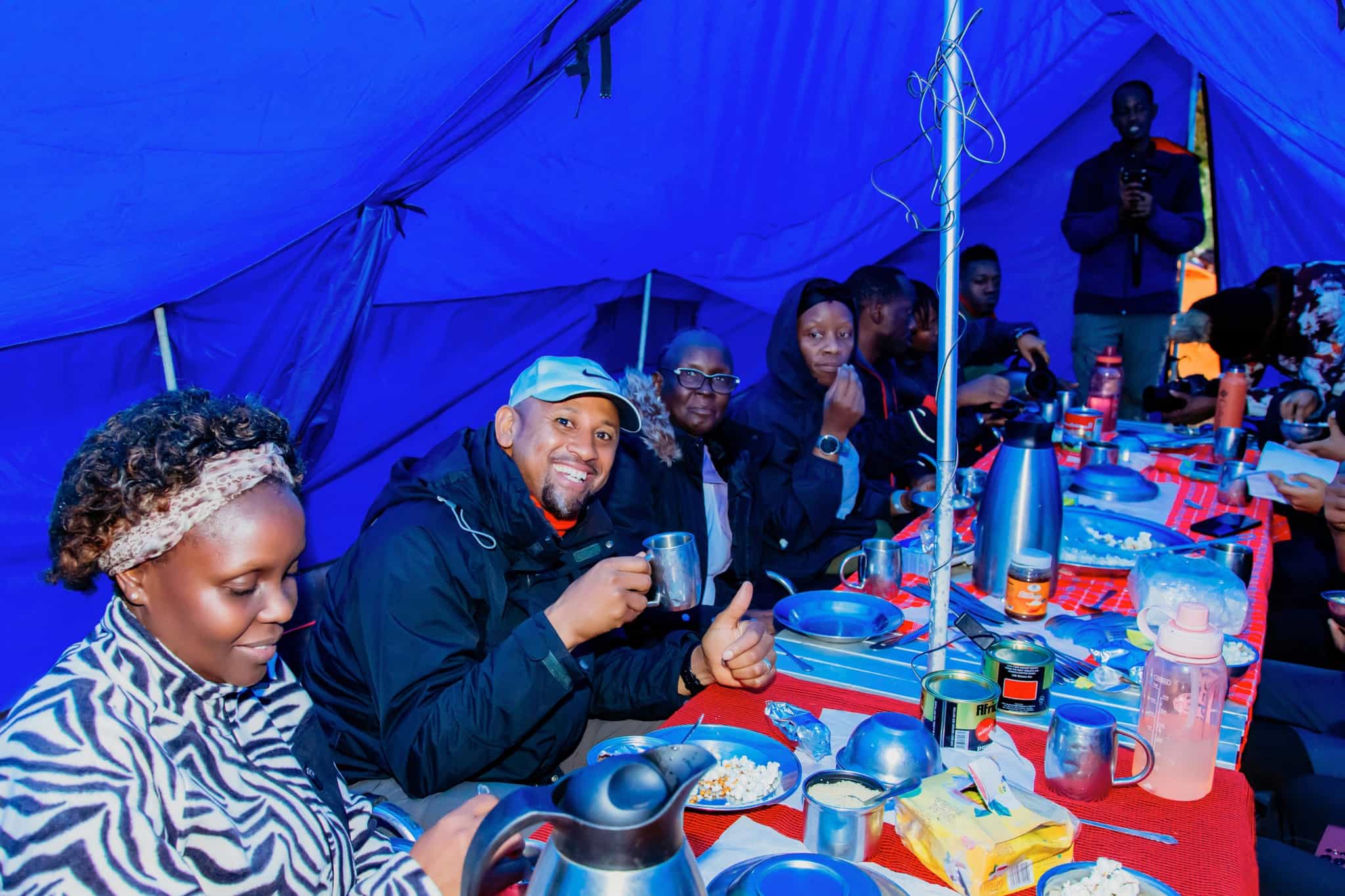
Throughout the climb, a team of experienced chefs will cook and serve you nutritious meals. Breakfast will usually be some combination of fruit, cereal, porridge, eggs, bread, French toast, pancakes, sausage, bacon, tea, coffee and hot chocolate. Lunch will be a mix of vegetables, fruit, boiled egg, meat cutlets, various sandwich options (egg/cheese/tomato/tuna/meat/peanut butter), macaroni and meat sauce and bread. Dinner, meanwhile, will usually consist of soup, bread, salads, rice, pasta, potatoes, roast or fried chicken, beef or fish, curry, mixed vegetables, lentils, fruit salad and fruit with custard. On summit night, you’ll enjoy a midnight snack with juice, soup, hot chocolate, tea or coffee and biscuits, and when you return to base camp, a nice meal will be waiting as a reward all your hard work. In Zanzibar, breakfast and dinners will be taken at the hotel where there are several restaurants to choose from serving a variety of local and international cuisine. Lunches will be in different places each day - one highlight is during the dhow trip where you will enjoy an incredible seafood barbecue feast featuring delicacies like octopus, lobster, squid, calamari, freshly caught fish, and exotic fruits. If you have any special dietary requests, let your host know in advance and they will do their best to accommodate them. Vegan and vegetarian diets can be fully catered for.
What is the accommodation like?

Moshi
You'll spend your first, ninth and last nights of the trip in a twin-share room at Weru Weru River Lodge, located on the quiet outskirts of Moshi Town around 30km from the airport. Rooms are modern and comfortable with ensuite bathrooms and free WiFi. Some departures also use the Panama Garden Resort located more centrally in Moshi.
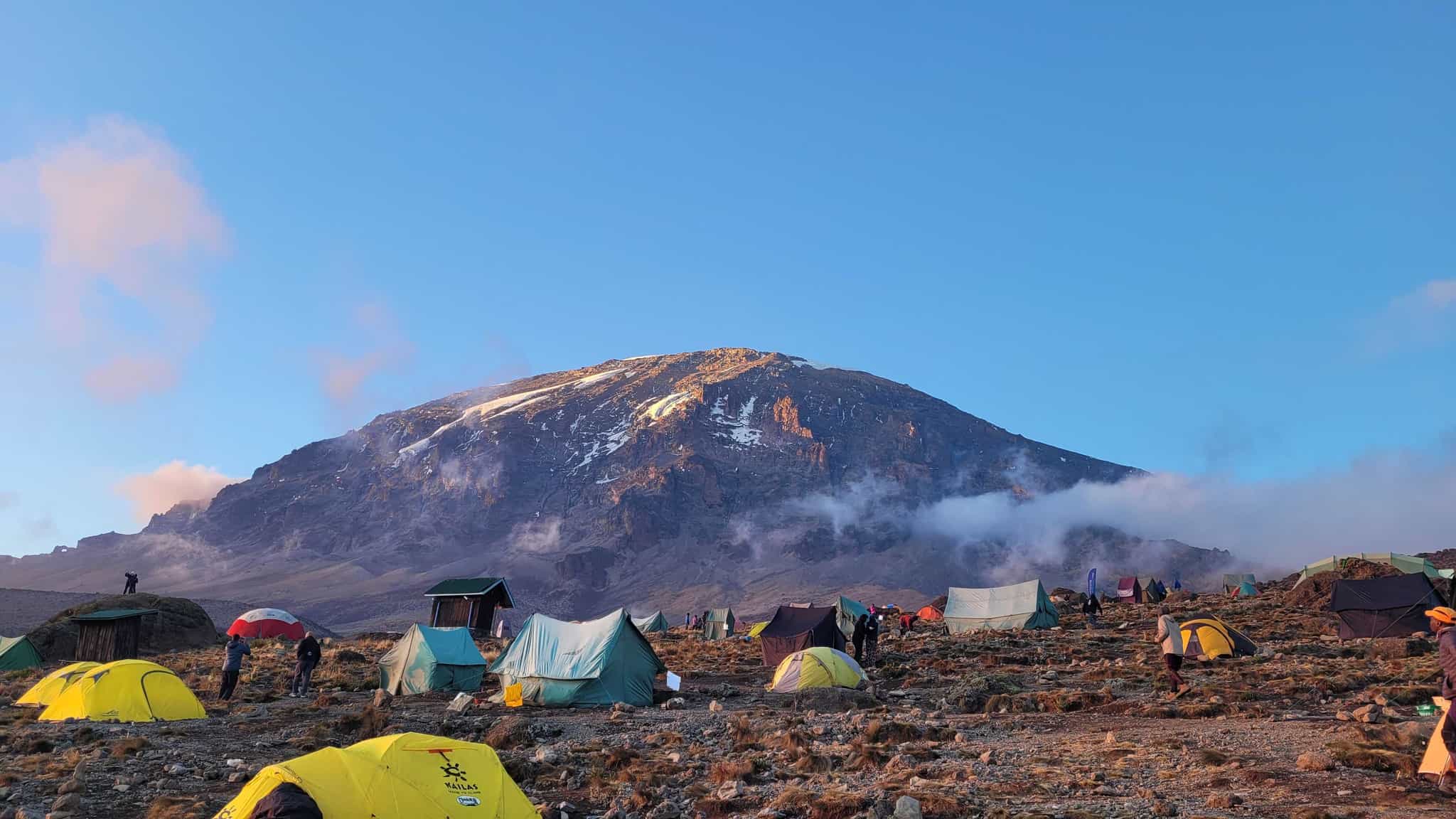
On the Lemosho Route
During the trek, you will camp at a number of sites along the Lemosho Route in twin-share tents, with camping and cooking equipment provided (you'll need to bring your own sleeping bag, or hire one, though). You'll also have a mess tent where you'll be served all your meals. Your team of porters will set up and break down camp for you each day, so you can save your energy for the trek.
There are now several permanent public ‘long-drop’ toilets in most of the camps along the Kilimanjaro routes. In addition to this, when at camp, your porters will set up a private portable and flushable toilet especially for your group complete with washing station and bin. In between camps, you will need generally to find a convenient boulder or shrub. Whilst this is all part of a wilderness adventure, it can have a negative impact on the surrounding environment, if not practiced carefully.
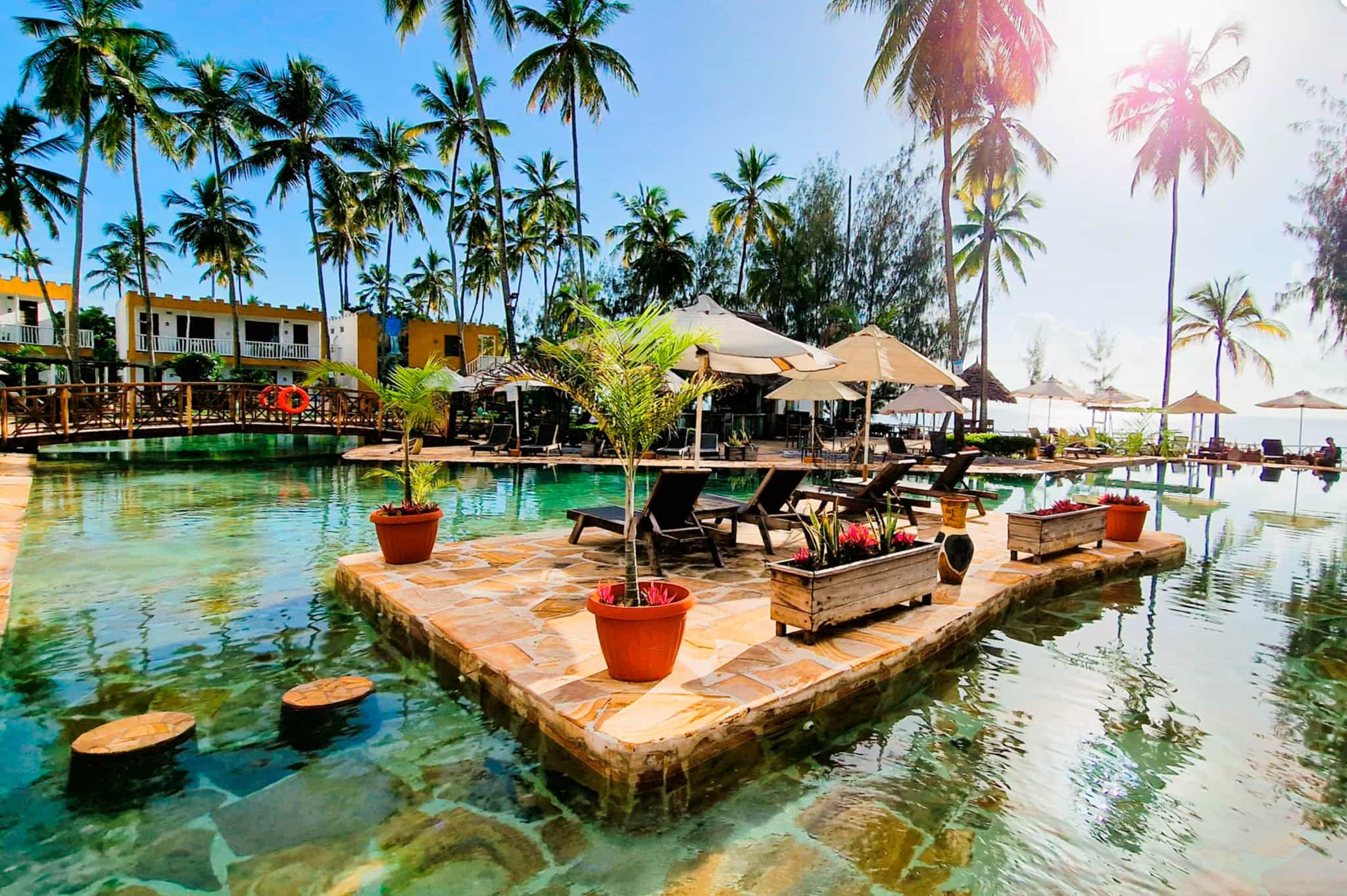
Marumbi, Zanzibar
In Marumbi on the Zanzibar coast, you'll be staying at the Zanzibar Bay Resort. Hidden away in a quieter corner of the island, the resort has a stunning swimming pool, bar and restaurant with views over the Indian Ocean, and direct access to the white sand beach. You'll be staying in comfortable, ensuite twin-share rooms.
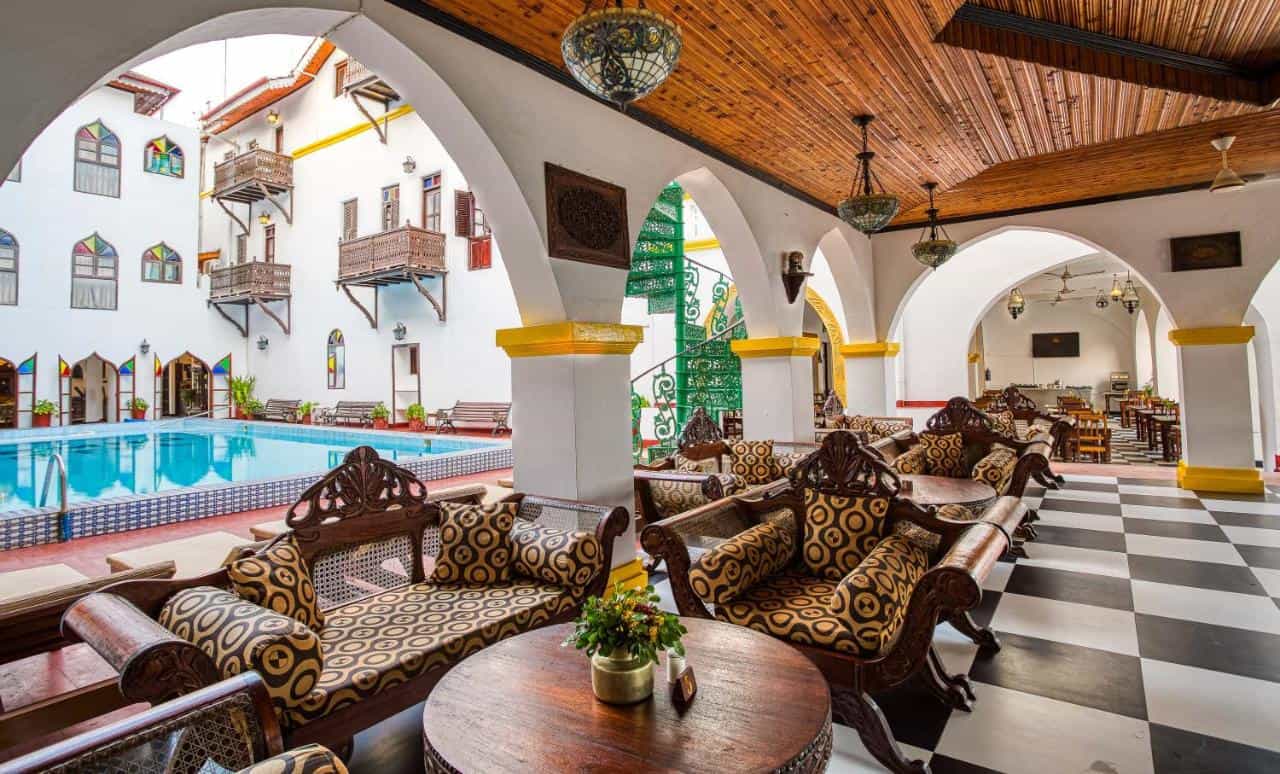
Stone Town, Zanzibar
You'll spend your first night in Zanzibar in the UNESCO World Heritage Site of Stone Town. You'll stay in a boutique hotel decorated in the unique style of this historic port town; this will usually be the Tembo House Hotel (where previous guests include Mahatma Gandhi and Freddie Mercury), the Maru Maru Hotel, or a property of a similar standard. Ideally located to explore the maze of streets, the hotels also have gorgeous pools if you fancy relaxing on arrival. You'll stay in twin-share rooms with ensuite bathrooms.
Upgrades
For solo travellers wanting their own space, there is the option to upgrade to a private room or tent if you would like to do so, subject to availability. See Optional Extras for prices.
This trip has been rated as Challenging
An epic challenge! This trip has been rated as challenging due to consecutive days of around 6 or 7 hours trekking with plenty of elevation gain at high altitudes. Mount Kilimanjaro (5895m) isn’t a technical climb, but the route can be steep and rough underfoot. It is also important to note that trekking at altitudes above 3000m is more demanding on the body than walking at low elevations, and this will be the main challenge. Your guide will set the pace and as with all altitude treks, the theme is ‘pole pole’ (slowly, slowly in Swahili) to help you adjust to the high altitude.
Given the nature of the trip it is necessary to have some previous hiking experience under your belt. We would recommend working on your hill fitness over several weeks or months before attempting this climb. This would involve developing a reasonable base of cardio and strength fitness combined with some specific hiking preparation in the hills. Think of a few weekends of back-to-back walking days with as much up and down as you can fit in, if you want to make it harder carry a heavy backpack! This preparation will set you up to get the most out of your trek and enjoy yourself on your adventure!
This trip follows the Lemosho Route over 8 days on the mountain, however Much Better Adventures also offers you the chance to climb Kilimanjaro via the Machame Route or the Rongai Route, both of which spend 7 days on the mountain. See the FAQs below for more details on the individual routes.
What will I need to carry?
Your porters will carry your main kitbag allowing you to only have to carry a day pack with your basic kit for each day of walking. There is a limit to the weight that the porters can carry and therefore your main kitbag must be no heavier than 20kg. If you wish to bring more than 20kg it is best to arrange another bag and an extra porter charge will apply.
It's possible to climb Mount Kilimanjaro all year round, however, the months outside of the rainy seasons are more desirable. The best climbing months are from December to March and July to October. The best weather is usually at the beginning of the year from January to March, which are also typically the warmest and driest months.
Thanks to Tanzania’s proximity to the equator, the region doesn’t typically experience the extremes of winter and summer weather you might expect and instead has dry and wet seasons. The local weather conditions on Kilimanjaro can be somewhat unpredictable (to say the least) and rainfall varies from 2100mm per year in the rainforest belt to less than 120mm per year in the summit zone. Daily temperature changes are also unpredictable when compared to normal weather cycles, and are largely dependent on the altitude.
In contrast, Zanzibar boasts a stable tropical climate with warm temperatures year-round. Situated near the equator, the island experiences two distinct seasons: a wet season from March to May plus the month of November, featuring occasional heavy rains, and a dry season from June to October, offering sun-drenched days ideal for beach activities. With temperatures typically ranging between 25 to 30 degrees Celsius.
Very good trip
The Kilimanjaro part was absolutely excellent, great stuff was taking care of us, people were friendly, experience superb. Did not enjoy the Zanzibar part as much as I expected, but that's just me!
Itinerary Activities
- 8 days guided hiking along the Lemosho Route to summit Kilimanjaro
- Visit to a spice plantation in Zanzibar
- Sail Zanzibar's Menai Bay on a traditional dhow boat
- Snorkel in the tropical waters around Mnemba Island
Guides
- Expert, local, English-speaking certified guides and assistant guides on the mountain
- Local representative in Zanzibar
Accommodation
- 7 nights camping along the trail
- 3 nights in a hotel in Moshi
- 3 nights in a quiet beach resort in Zanzibar
Meals
All your meals are provided for the duration of the trip. This includes:
- 13 homemade breakfasts
- 12 picnic lunches
- 13 hearty dinners
Internal flights
- Return flights from Kilimanjaro Airport to Zanzibar
Transfers
- Arrival transfer from Kilimanjaro Airport at any time on Day 1
- Departure transfers to Kilimanjaro Airport any time on Day 14
- Transfers during the trip
Porterage
- A full support team of porters during the trekking part of the trip to transfer your luggage, set up camp each day, and cook your meals
Permits
- All permits, taxes and licenses
Our trips are hassle-free by design. We include all the activities and equipment, as well as many of the meals, so you can simply rock up with your rucksack and share the adventure with your new pals.
Travel to and from the trip
Our trips do not include flights, trains or other travel to the start point and back from the end point.
Tips
Tips are not included in the trip cost. These are, of course, entirely at your discretion but the norm in Tanzanian culture means there is an expectation to tip for good service. This particularly applies to climbing Kilimanjaro, where tipping culture is deeply ingrained and an important custom. Even if it may not be customary to you, it is of considerable significance to the people who will take care of you during your travels. After your climb, there will be a ‘tipping ceremony’ in which you’ll have the opportunity to show your gratitude to the team who have supported you along the way.
- We would suggest a minimum tip of $400 per guest.
Your host will provide guidance on the appropriate split of the money between the team members. Each individual will be presented with their portion of the tip in a sealed envelope, and in turn you’ll be presented with your Kilimanjaro summit certificate.
In Tanzania, many banks and businesses refuse notes that are old or damaged in any way, so tips with bills that are no more than 15 years old and in good condition are gratefully received.
Personal Expenses
You know your own spending habits best, so please budget an appropriate amount for things like optional meals and drinks, shopping, optional activities, and laundry.
Travel insurance
Travel insurance is compulsory for all of our adventures and you are required to provide your policy information before departing. Your insurance should include adequate protection for overseas medical treatment, evacuation/repatriation, your baggage and equipment and the specific activities involved on your adventure. We also strongly recommend it includes cancellation and curtailment insurance, should you be unable to join your trip for specific reasons such as illness. Our recommended travel insurance provider is Campbell Irvine, as their insurance offers all of the above.
Visas
You are responsible for obtaining any required visas for this trip. Please check with your nearest embassy or consulate for up-to-date advice. Information about visas can also be found on the Tanzanian Immigration website.
What's included?
- Tent - Mountain Hardwear brand, Trango 3
- Foam mattress
- Dining tents with a solar light
- Comfy chairs with backrest
- Oxygen tanks
- All cooking equipment
What do I need to bring?
- Waterproof jacket - breathable with hood
- Weather rated insulated jacket - synthetic or down
- Soft jacket, fleece or soft-shell
- Long sleeved shirts - light-weight, moisture-wicking fabric (2)
- Short sleeved shirts - light-weight, moisture-wicking fabric (2)
- Waterproof pants - breathable
- Hiking pants - convertible to shorts recommended (2)
- Fleece pants
- Shorts (optional)
- Long underwear - moisture-wicking fabric recommended (2)
- Underwear - moisture-wicking fabric recommended
- Sports bra (women)
- Hiking boots - warm, waterproof, broken-in with spare laces
- Gym shoes - to wear at camp (optional)
- Socks - thick, wool or synthetic (3-5)
- Sock liners - tight, thin, synthetic, worn under socks to prevent blisters (3-5)
- Waterproof gaiters – highly recommended to prevent loose gravel and sand
- Sleeping bag - warm, four season rated
- Sleeping bag liner - for added warmth (optional)
- Trekking poles (highly recommended)
- Headlamp with extra batteries
- Duffel bag, for porters to carry your equipment
- Daypack to carry your personal gear
- Brimmed hat for sun protection
- Knit hat for warmth
- Balaclava for face coverage (highly recommended)
- Bandana (optional)
- Warm gloves (waterproof recommended)
- Glove liners - thin, synthetic, worn under gloves for added warmth*
- Sunglasses or goggles
- Backpack cover (waterproof)
- Poncho (during rainy season - optional)
- Water bottle (Nalgene recommended) AND a water bladder (CamelBak type) - must have 2-3 litres combined; please note that disposable plastic bottles are not allowed on the mountain due to National Park regulations
- Towel - lightweight, quick-dry (optional)
- Pee bottle, to avoid leaving tent at night (highly recommended)
- Stuff sacks or lightweight dry bags - various sizes, to keep gear dry and separate
- Swimwear
- Lip balm
- Sunscreen
- Mosquito repellent (for in town - it's not usually needed on the mountain)
- Hot water bottle for the night
- Extra water purification tablets (water will be purified by your trek team on the mountain, but having these in addition is helpful)
- Nail brush
- Trip receipt
- Passport
- Visa (available upon arrival)
- Insurance documents
What can I hire?
- Walking poles
- Headtorch (you will need to bring your own AAA batteries)
- Sleeping bag
- Day pack (with or without waterproof covers)
- Duffel bag
- Nalgene water bottle/water bladder
- A range of clothing (fleece pants, waterproof pants, walking trousers, windbreaker/ski trousers, waterproof jacket, light fleece jacket, heavy fleece jacket, down/ski jacket, hat, thermal top and bottoms, scarf, sunglasses, thin glove liners, thick ski gloves, hiking boots, gaiters, poncho, socks)
- Pricing ranges from $5-$50 per item for the whole trip. Please request any items you would like to hire in the extras section on the booking form or contact your host prior to departure for confirmation of pricing and availability.
No optional extras are available for this trip.
We partner with the World Land Trust to ensure this trip achieves Net-Zero emissions. We also support their Buy an Acre programme, helping local communities to buy and protect natural habitats in perpetuity.
What's the number?
It works out on average at 350.44kg of CO2 emissions per person, including all local transport, accommodation, food, activities, guides, staff and office operations.
The only thing it doesn’t include right now is flights and travel to the destination. We do make an overall estimate across all our customers separately, but as we don’t book flights, have customers from all corners of the world, and no way of reliably knowing their travel plans, we simply can’t include an individual number in the figure on display here. We’ve got a goal to fix that, so that when you book, there is a way to measure and mitigate the carbon emitted by your flight too.
But what does the number mean?
Yep, hard to picture eh? To give you an idea:
- Driving 1000miles/1609km would be approx. 281kg of CO2 in an average car (or 140.5kg per person if there was 2 of you in it).
- A return economy class flight London - New York would be approx. 1,619kg (1.66 tonnes) per person.
- 10 trees in a temperate forest are estimated to remove approx. 250kg of CO2 from the air in a period of 5-10 years.
What are we doing about it?
Our trips are relatively low-carbon by design, and we're working with all our hosts to develop long term carbon reduction plans. We partner with the World Land Trust to ensure this trip achieves Net-Zero emissions. We also support their Buy an Acre programme, helping local communities to buy and protect natural habitats in perpetuity, ensuring the protection of the reserve and its wildlife.
Want to know more?
Amazingly, no international travel company has ever publicly published their carbon measurements before, as far as we know. We believe that must change, quickly. So we’re openly sharing the method we used in the hope that other companies will be able to more easily follow suit and build on what we've done so far. You'll find it all here.
Much Better Adventures offers three routes on Kilimanjaro. Depending on your preferences you can choose a route that is best suited to you; whether that's escaping the crowds on the quieter sides of the mountain, spending more time in Kilimanjaro's forest and moorland environments for best wildlife spotting, and of course finding a trip that suits the time and budget you have available.
Rongai Route (7 days on the mountain): A much quieter and more remote trek away from the crowds. Approaching from the north, your climb starts on Kilimanjaro's second peak, Mawenzi, before crossing a high saddle onto the main peak, Kibo, where you reach the same high point of the other routes, Uhuru Peak. The days are generally considered more moderate, with gradual climbs and avoiding the Baranco Wall scramble. However, the challenges of altitude and a long summit day remain. To reach the start of the Rongai Route involves a 3-4 hour drive.
Lemosho Route (8 days on the mountain): Our longest route with the highest success rate, if you have the extra day available this is probably the best all-round route for most. The Lemosho Route starts to the west of Kilimanjaro and enjoys three days of relatively quiet trails before joining the Machame Route at Lava Tower. These first days are through temperate forest, with good potential for wildlife spotting, before climbing up and across the Shira Plateau. With the extra day on the mountain, it is a more complete experience, seeing all sides and zones of the mountain, as well as allowing more time to adjust to the altitude – it is the route with the highest success rate and growing in popularity because of this.
Machame Route (7 days on the mountain): Considered to be very scenic, the Machame Route strikes a good balance between a safe acclimatisation profile and an efficient itinerary – the Machame Park Gate is only a 45-minute drive from Moshi, so it's the quickest to get to. As with Rongai and Lemosho, you have a different descent route for your way down the mountain.
See our guide to the Best Routes on Kilimanjaro for the full lowdown.
Your host prides themselves on treating their porters and mountain crew as part of their extended family, and advocate for fair pay and treatment of porters through membership of key local associations, Kilimanjaro Porter's Association (KPA) and the Tanzania Tour Guide Association (TTGA). These associations work with the Kilimanjaro National Park Authority (KINAPA) to set minimum pay rates and regulations that all operators must abide by within the national park. Your host is committed to meeting or exceeding these expectations, as well as providing further benefits such as training opportunities so porters can progress on to roles of cooks or guides as they gain experience on the mountain. As a baseline MBA commit to ensuring:
· Porters are paid a minimum of 25,000Tsh (US $1 = approx 2,000 Tsh)
· Salaries must be paid within two days of the descent of ALL climbs
· A transparent tipping procedure, so porters receive the full tip amount intended for them
· Loads carried by the porter should not exceed 20kg for the company (excluding porter's personal kit)
· Porters are provided with three meals per day
· Porters have proper shelter conditions and sleeping equipment
· Porters are outfitted with proper gear
· Sick or injured porters are properly cared for
The guides have been extensively trained at the Mweka Wildlife Centre and are familiar with the routes, terrain and conditions. With over 10 years' experience, they have also been to the summit more than 100 times. Additionally, all of the guides are certified First Aid Responders and CPR trained.
Tips are not included in the trip cost. These are, of course, entirely at your discretion but the norm in Tanzanian culture means there is an expectation to tip for good service. This particularly applies to climbing Kilimanjaro, where tipping culture is deeply ingrained and an important custom. Even if it may not be customary to you, it is of considerable significance to the people who will take care of you during your travels. After your climb, there will be a ‘tipping ceremony’ in which you’ll have the opportunity to show your gratitude to the team who have supported you along the way.
We would suggest a minimum tip of $400 per guest.
Your host will provide guidance on the appropriate split of the money between the team members. Each individual will be presented with their portion of the tip in a sealed envelope, and in turn you’ll be presented with your Kilimanjaro summit certificate.
In Tanzania, many banks and businesses refuse notes that are old or damaged in any way, so tips with bills that are no more than 15 years old and in good condition are gratefully received.
This trip visits locations at or above 4500m. At this altitude some people may experience symptoms associated with Altitude Sickness, also known as Acute Mountain Sickness (AMS). The likelihood of more severe conditions, such as HAPE (High Altitude Pulmonary Edema) and HACE (High Altitude Cerebral Edema), increases at higher altitudes. Previous experience at high altitude is not necessarily an indicator of future performance. Your guide(s) are trained to mitigate the risks associated with altitude, by carefully managing the rate of ascent and the intensity of the activity, and to provide the appropriate support response should someone feel ill during the trip. Should you experience health issues during your trip you should inform your guide immediately so the proper care can be provided. Owing to the nature of this trip, it is essential that your personal travel insurance policy provides cover up to the maximum altitude visited on this trip as well as emergency medical evacuation by helicopter.
If you need to be taken down to a lower altitude as a matter of urgency, there are two options in place. In most instances, steel-framed, mobile stretchers can be pushed by porters to descend quickly. Most people feel immediate relief at lower altitudes where you will be evaluated and if the guides determine you are well enough, you will wait for your group at a lower camp or be taken to the gate for transfer to Moshi for medical treatment (if necessary). For more serious concerns, through a partnership with Kilimanjaro SAR, emergency helicopters can be deployed within 5 minutes for evacuation, complete with in-flight medical treatment. If you require further medical attention upon landing, you will be taken to their modern, private High Altitude Medical Clinic, designed to tackle Acute Mountain Sickness (AMS). Please ensure that you have appropriate insurance coverage for trekking with evacuation coverage for up to 6,000 metres above sea level.
Yes! Oxygen cylinders are carried on all of our climbs for emergency use only. In addition to this, our guides perform daily health and pulse oxymeter checks, which measure both your heart rate and the percentage of oxygen in your blood. Ensuring and monitoring your health and safety at all altitudes is your host's top priority, and all guides are well-trained to identify the signs of AMS and act accordingly.
There is a limit to the weight that the porters can carry and your kitbag must be no heavier than 20kg. You will also have a rucksack to hold your basic kit for each day of walking. If you wish to bring more than 20kg it is best to arrange another bag and an extra porter charge will apply.
Your team of porters will provide you with boiled and filtered water throughout the trek.
Yes! Just mention this in the enquiry form when you book or message your host after you have booked and they can help you to arrange this. Prices are shown above in the Optional Extras section.
You can securely leave any excess luggage at your host's base before setting off on the trek.
You are responsible for obtaining any required visas for this trip. Please check with your nearest embassy or consulate for up-to-date advice. Information about visas can also be found on the Tanzanian Immigration website.
If you are eligible for an e-visa and are required to provide the address of your accommodation, please use the following details:
Weru Weru River Lodge
Address: Mailisita, Moshi-Kilimanjaro, Tanzania
Email: [email protected]
Phone: +255 788 829 777
PO Box 855.
For the Zanzibar section of this trip, from 1st October 2024, the Zanzibar authorities will require all visitors to purchase a mandatory insurance plan exclusively from the Zanzibar Insurance Corporation (ZIC). It will cost $44 USD and is valid for 90 days. This should be purchased online prior to travel.
For every customer, you'll be accompanied by approximately 3-4 supporting crew members. For example, a group of 8 is likely to be accompanied by 25 support crew. This is broken down as one lead guide, three assistant guides, one cook/chef, one waiter, one pilot (toilet porter), three tent crew, and 16 porters who carry any additional equipment.
A plastic bag ban went into effect across Tanzania from 1st June 2019 and the use, manufacture or importation of plastic bags, including garbage bags and shopping bags, is now illegal and convicted offenders, including tourists, can face heavy fines, imprisonment for up to two years, or both. Visitors are advised to avoid packing any plastic bags in their suitcases or hand luggage before flying to Tanzania. Items purchased at the airport before boarding the aircraft should also be removed from plastic bags. Please check your hand luggage before disembarking at entry points and any plastic bags should be left on the plane. Similarly, the transparent zip-lock plastic bags that some airlines require passengers to use for keeping liquids, cosmetics, toiletries etc are also not permitted and should be removed and left on the plane before disembarking.
If you have any hiking gear that’s in good condition but you don’t need after your trek, donations to your team of porters will be gratefully received. Talk to your host if you’d like donate any of your gear.
We do everything we can to give you the best chance of summiting Kilimanjaro successfully and safely. From the routes we choose, to the care and food provided on the mountain, our local host is very well placed to get you to the top! We have an average summit success rate of around 95% for all routes!
Sure can! Over 70% of our travellers travel solo, it’s a great way to meet like-minded people.
Our team of Adventure Hunters co-create exclusive adventures which are run by highly vetted, specialist hosts. The trip is run by our trusted host partner in the destination. We only work with independent, local, in-destination experts who know the very best places to explore and how to stay safe. Read more information about the local teams we partner with. You’ll be introduced to the host straight after making a booking via the Much Better Adventures platform.
Much Better Adventures refer to the UK Government’s official travel advice when designing trips and monitoring trip operations. We recommend that all customers are familiar with the practical information provided on the Government’s FCDO website, where current travel advice can be found by searching for the applicable destination(s).
For customers joining this trip from other international destinations – please also read the official travel advice applicable to your country of residence/origin, as this may differ.
We recommend checking out the country-specific information and also talking to a travel nurse.
We automatically convert prices from the local currency that a host receives to your chosen currency. We update our exchange rates on a daily basis so this does mean that prices displayed on the site are subject to currency fluctuations, which is why you may see them change over time.
If you wish to change the currency you pay in, head to the bottom of the page.
All of our group adventures are specially designed for adults to enjoy as we want these adventures to bring together outdoorsy people who are truly like-minded. You must be over 18 to join one of our trips.
You're always in good company on one of our adventures.
Our trips are typically made up of a mixture of solo travellers and small groups of 2 or 3 friends, with most in their 30s-50s.
Our sociable adventures are solo-friendly by design and naturally attract outdoorsy people with a shared mindset; a love for adventure, a desire to push themselves and meet awesome, like-minded people along the way.
It’s this camaraderie that has so often turned a great adventure into a life-changing one.
Don't just take our word for it:
- 95% of people rate the group dynamics on our trips 5/5
- 90% of people recommend joining a trip to make new friends
- 75% of people have met people on our trips that they would now consider friends
See here for more info about the Much Better Adventures tribe.
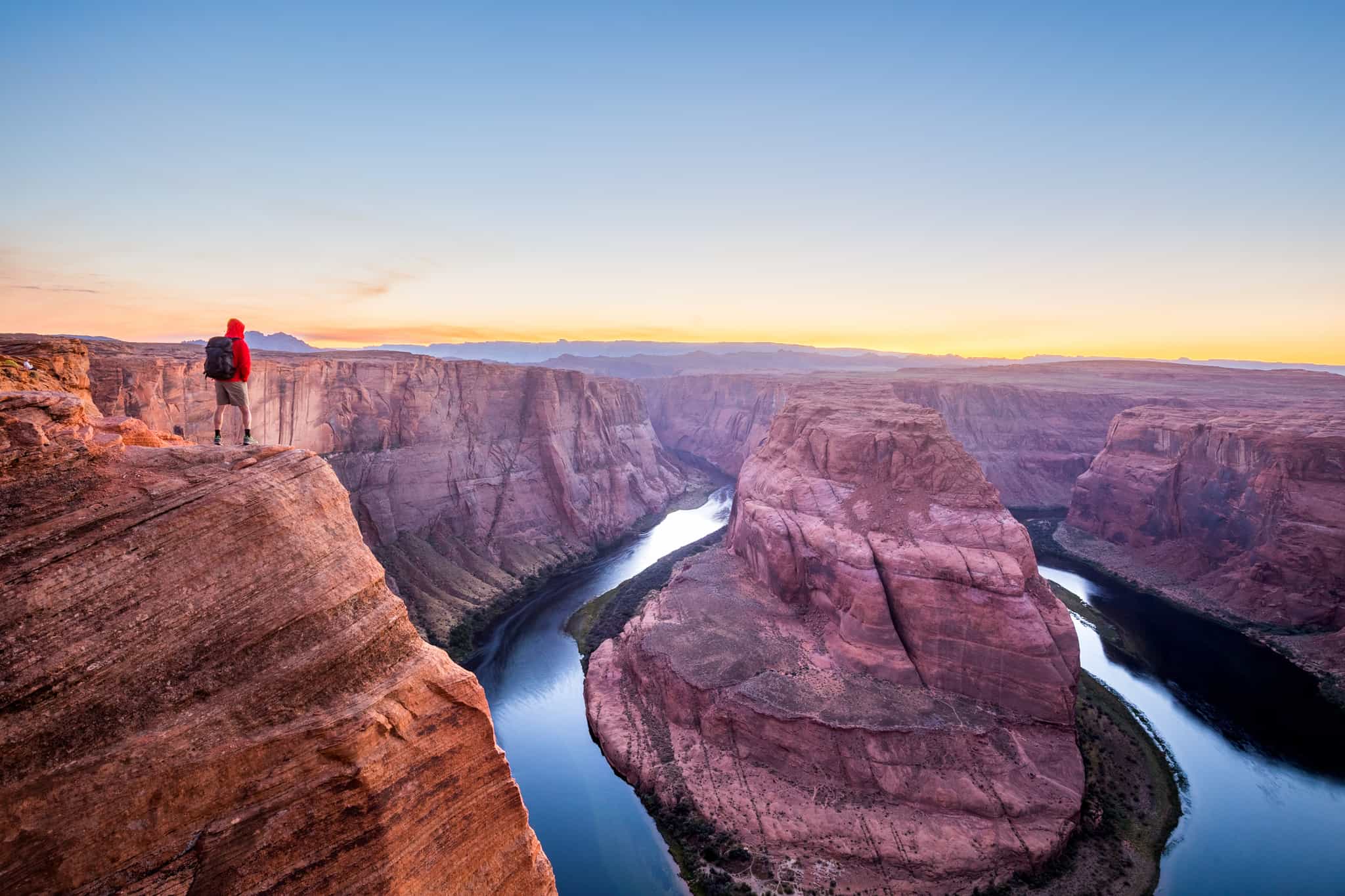
Explore our range of over 200 worldwide adventures
We've got your back
Guaranteed to run
All Much Better Adventures trips are now guaranteed to run. Once you’ve booked your spot you can immediately make your travel arrangements, no uncertainty, no hanging about (excludes 'request to book' departures). Full details
Flexible payments
Secure your spot with the minimum deposit and pay off the remaining balance in as many instalments as you like, with no interest or fees. Full details
Happiness Guarantee
We’re so confident you’ll have an amazing time we’ll put our money on it. Full details
Full financial protection
To give you complete peace of mind Much Better Adventures is backed by ABTOT, ABTA and ATOL memberships. Full details
Tried & Trusted
Much Better Adventures is rated ‘Excellent’ on Trustpilot with over 1000 verified trip reviews averaging 4.8/5.
Connect before you go
You'll be invited to join a WhatsApp group to get to know each other before your big adventure together. Full details
DEPARTURE DATES



